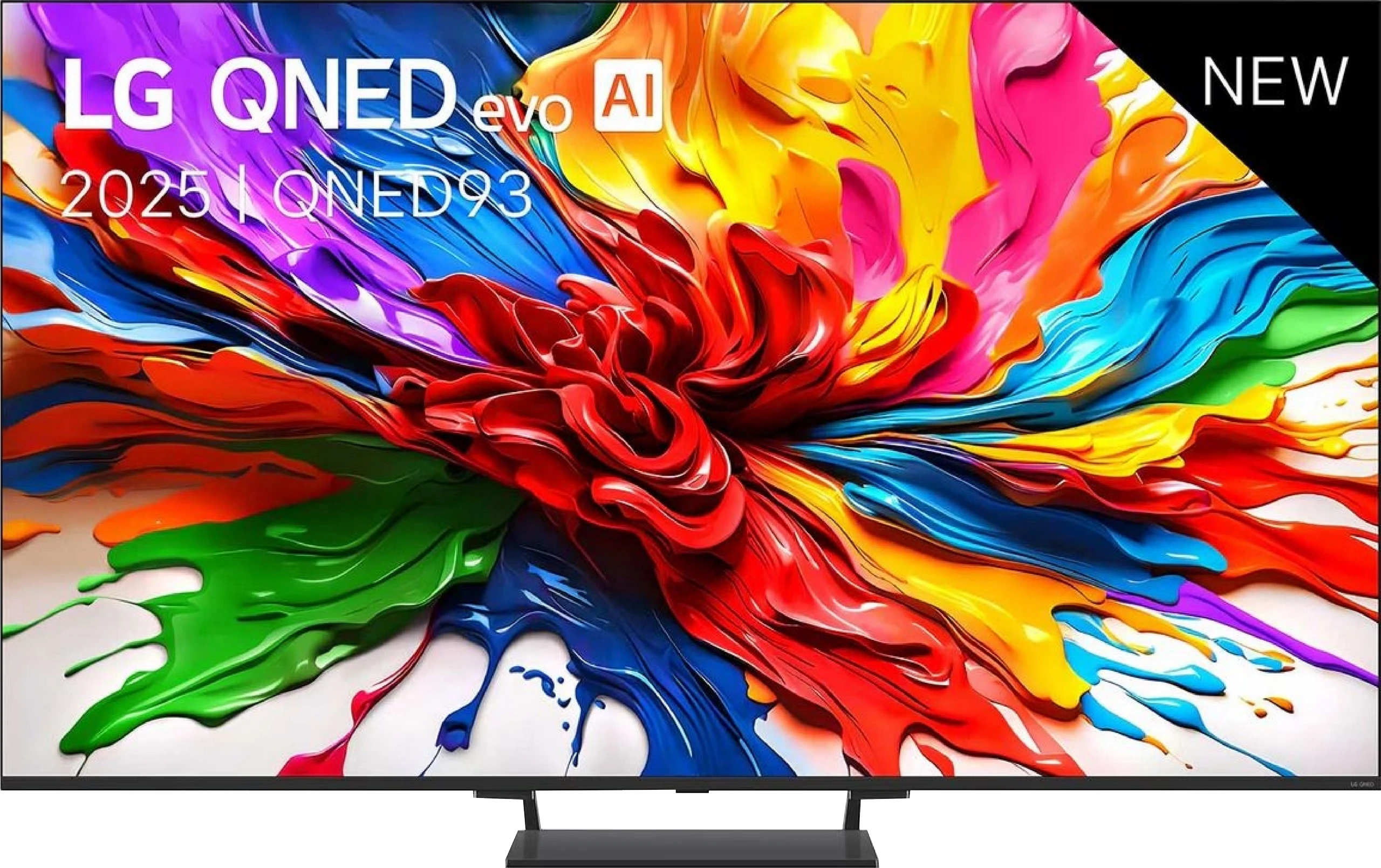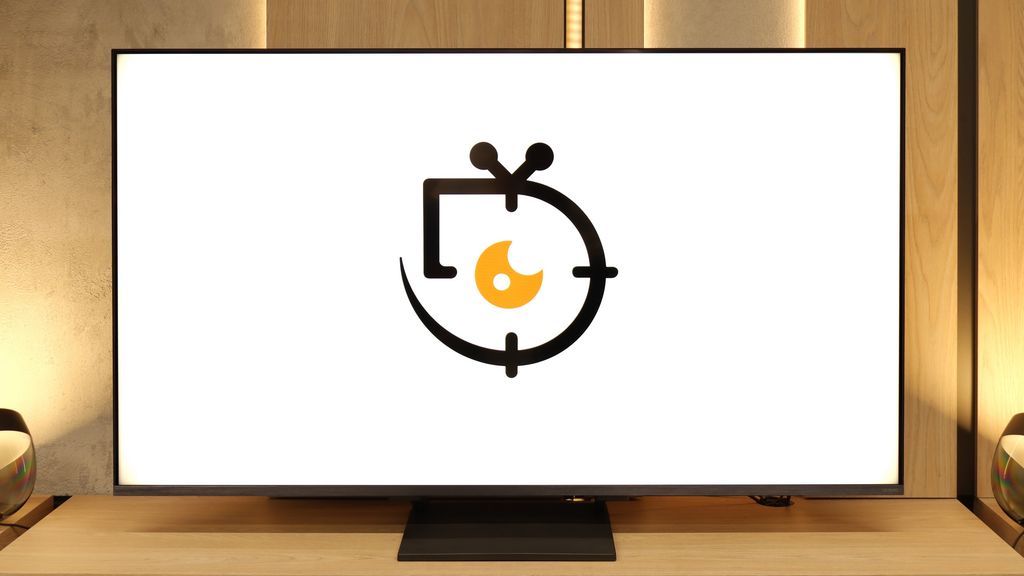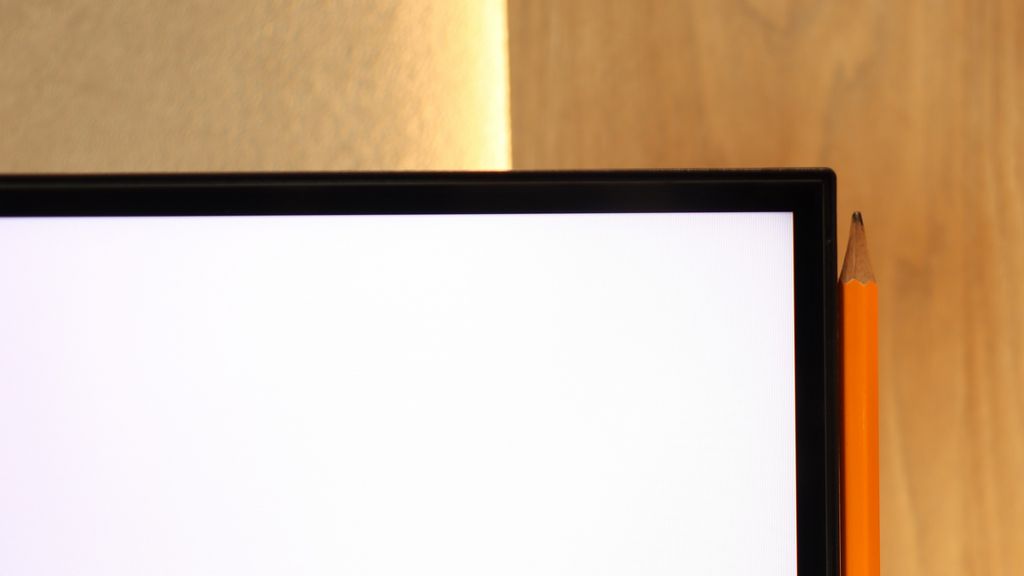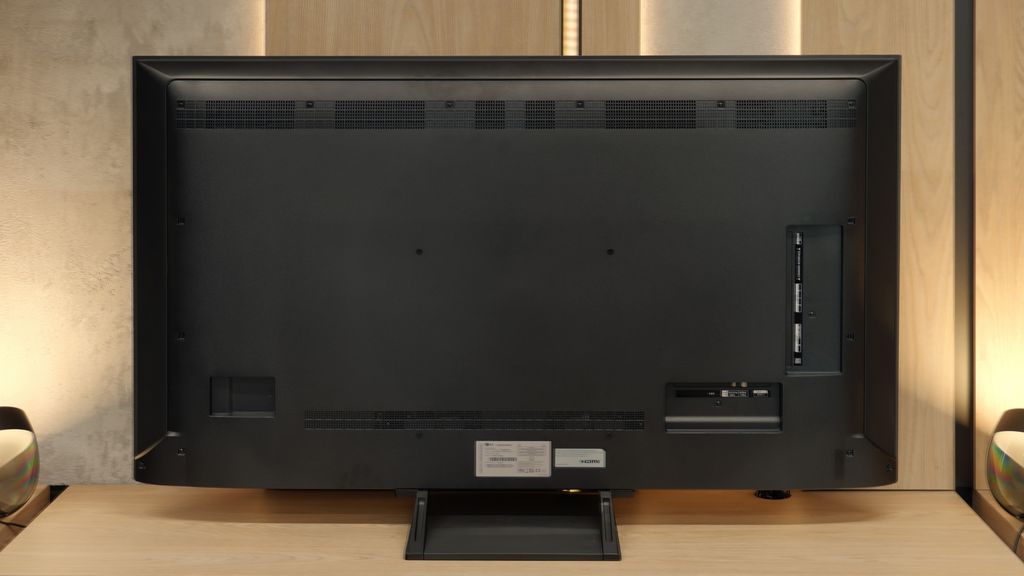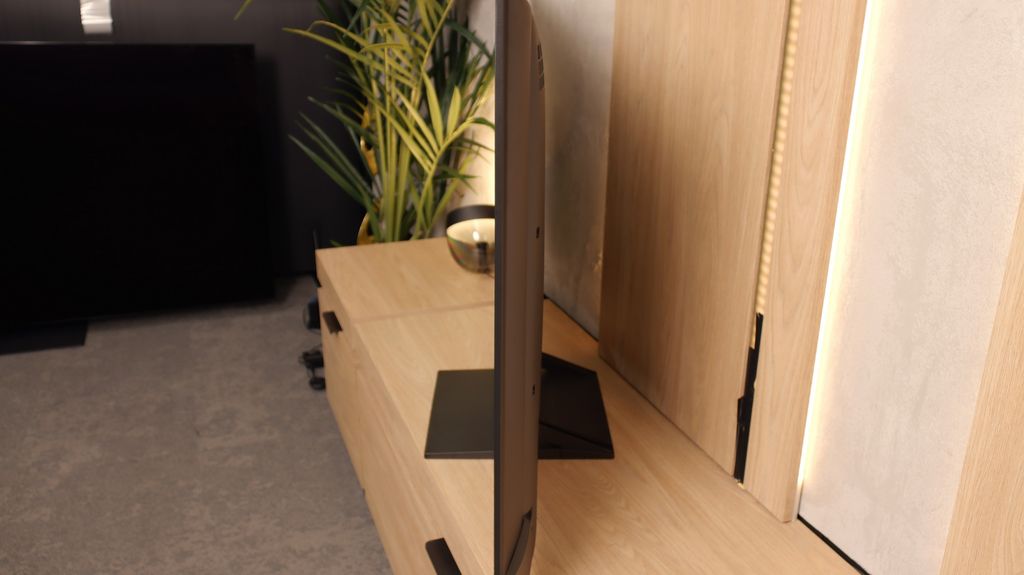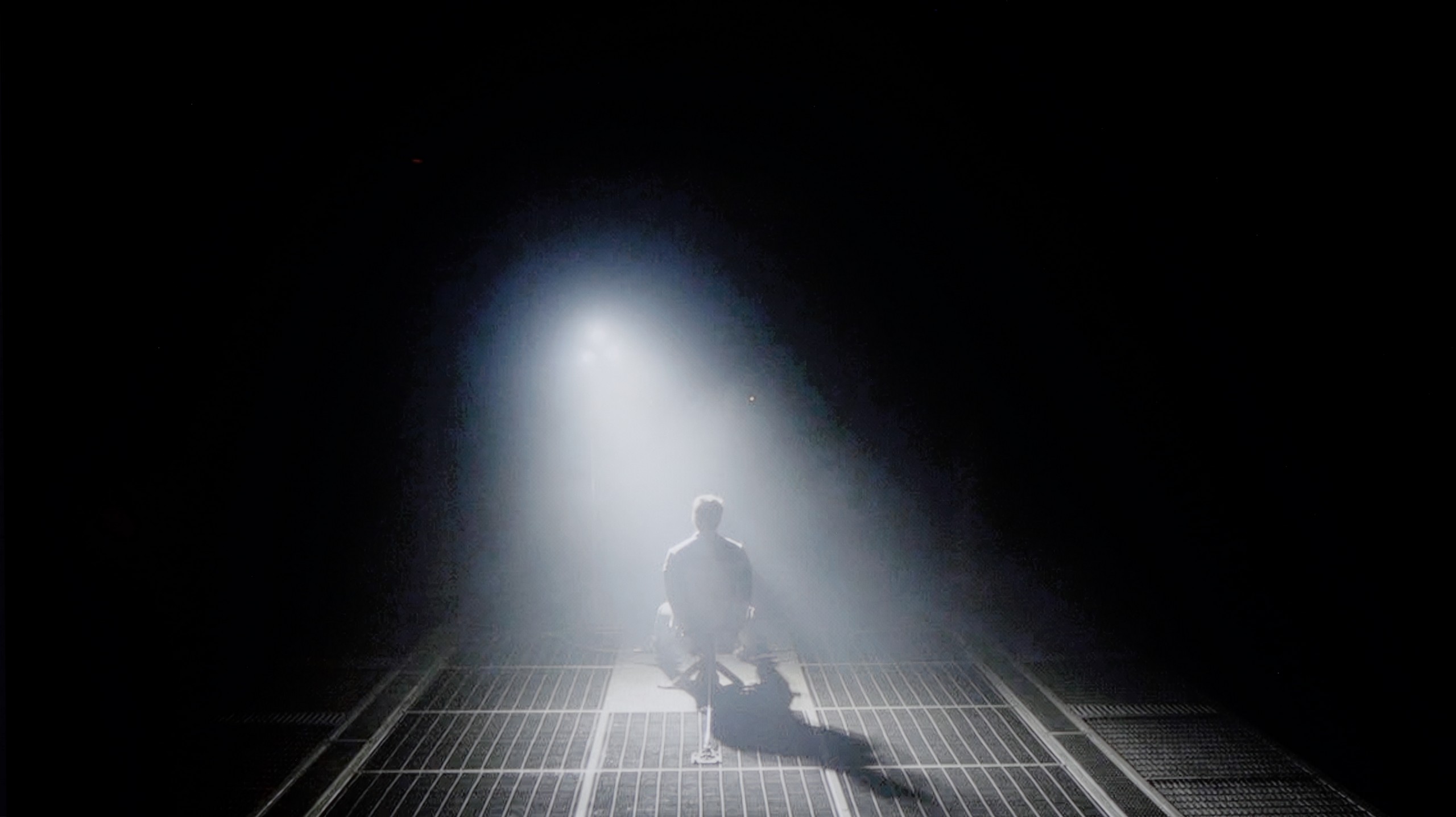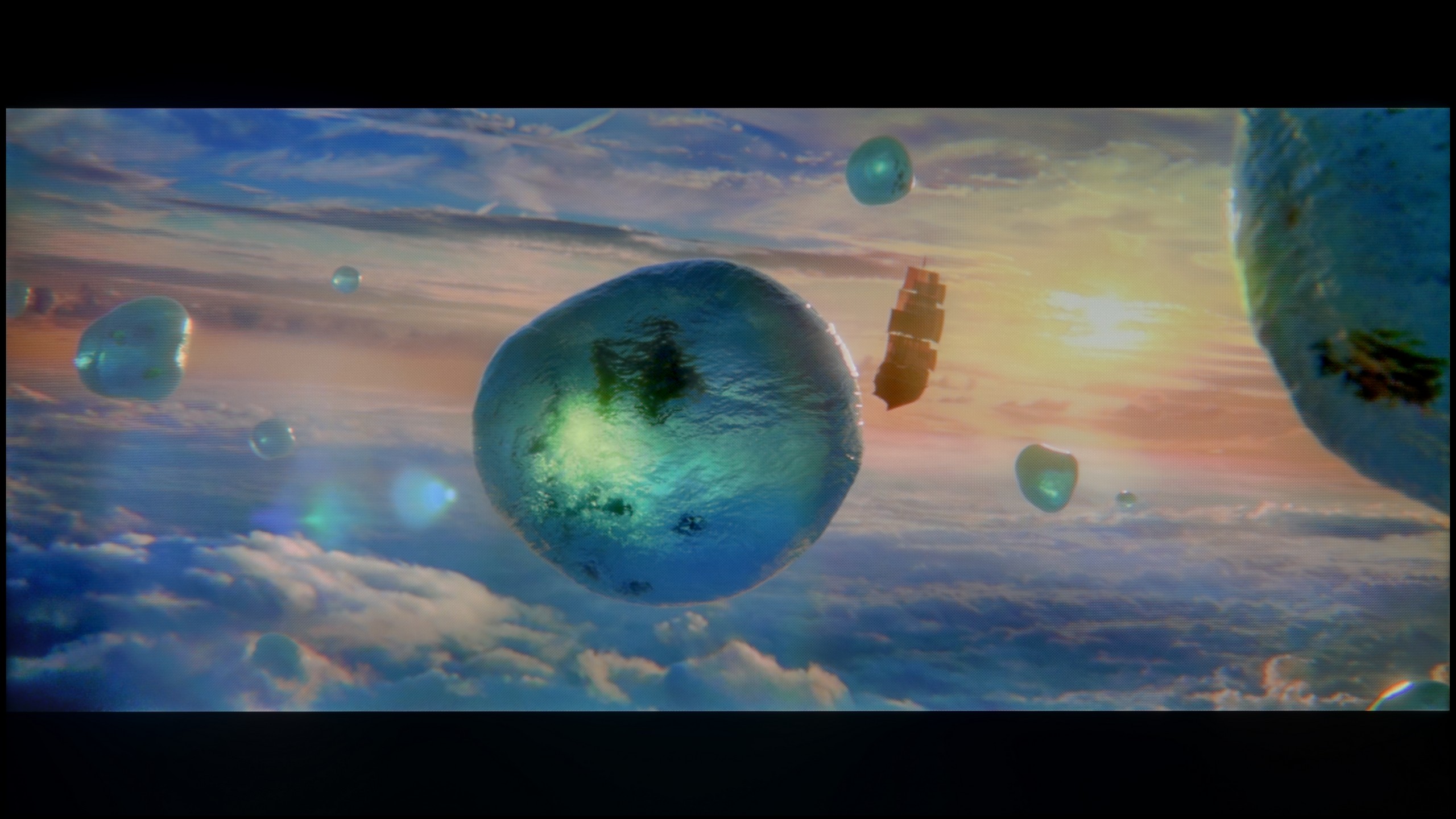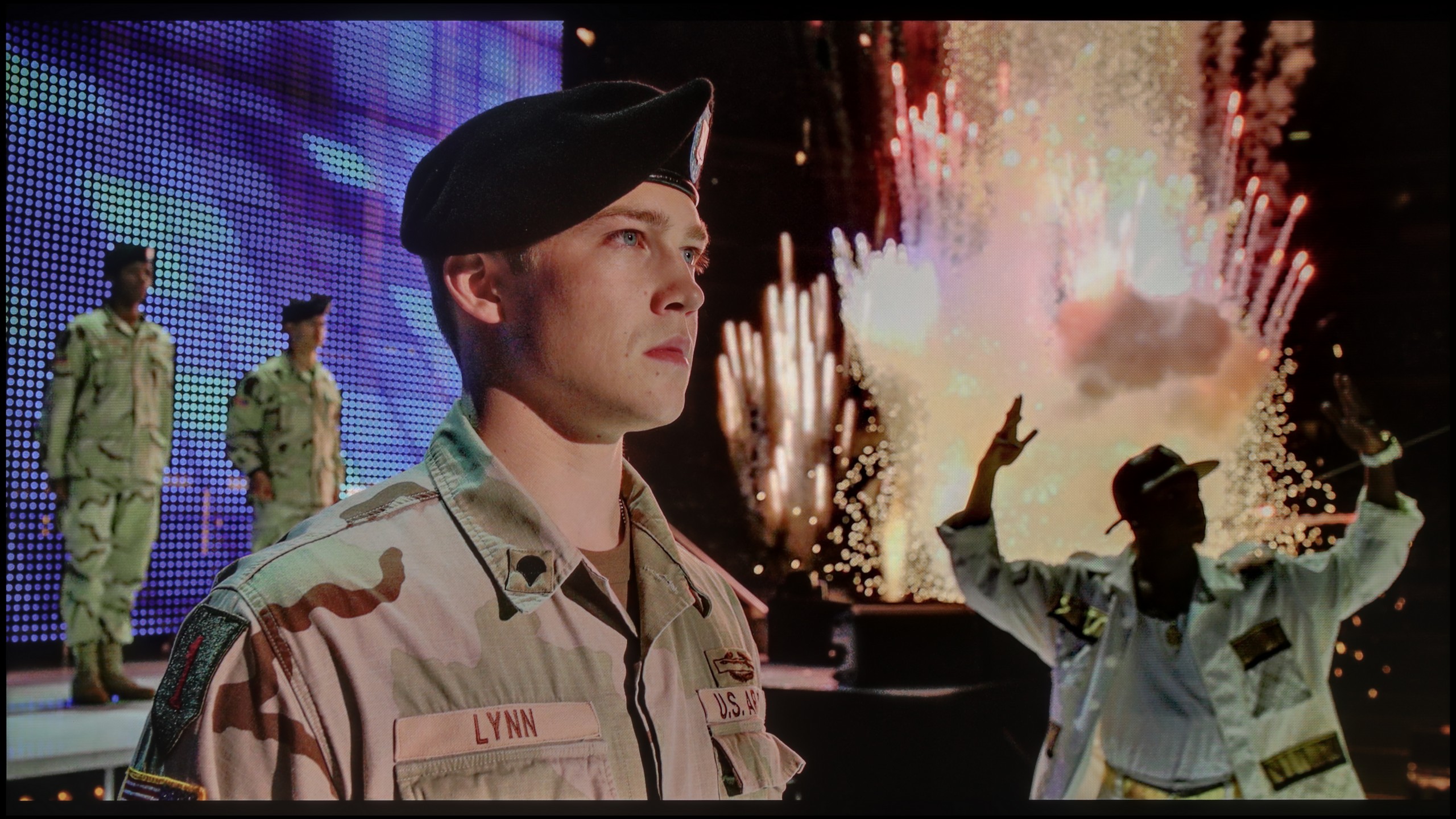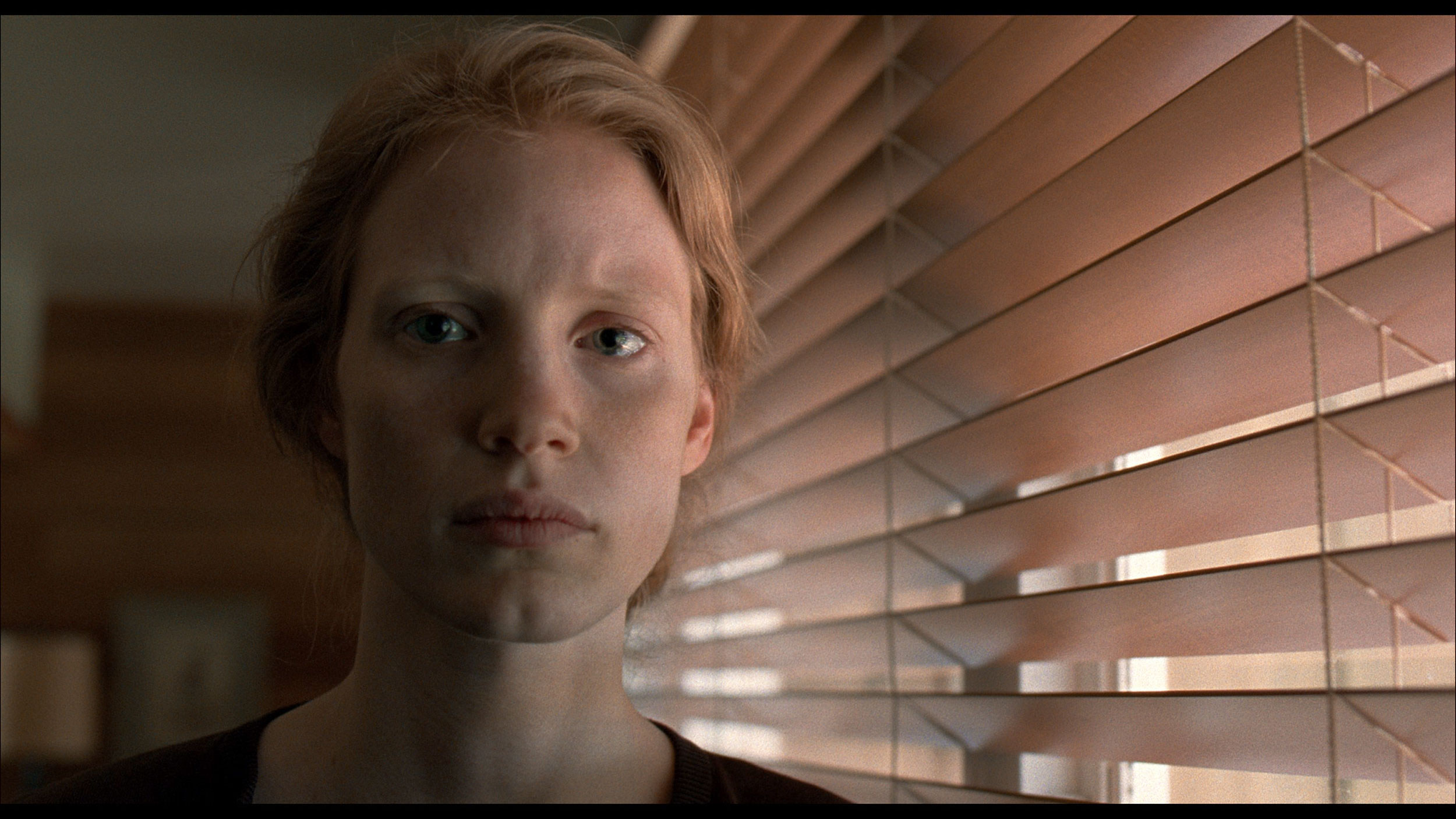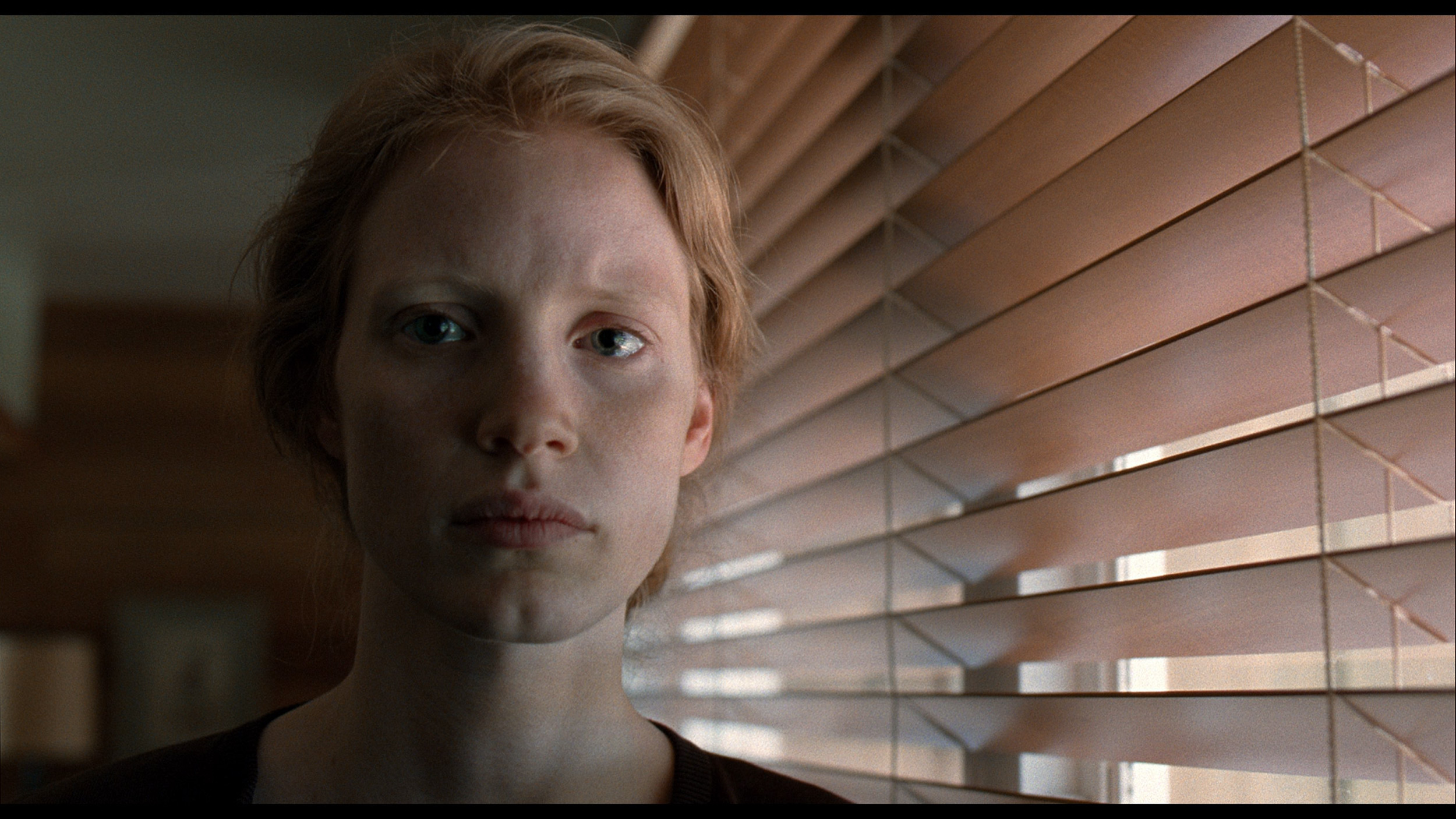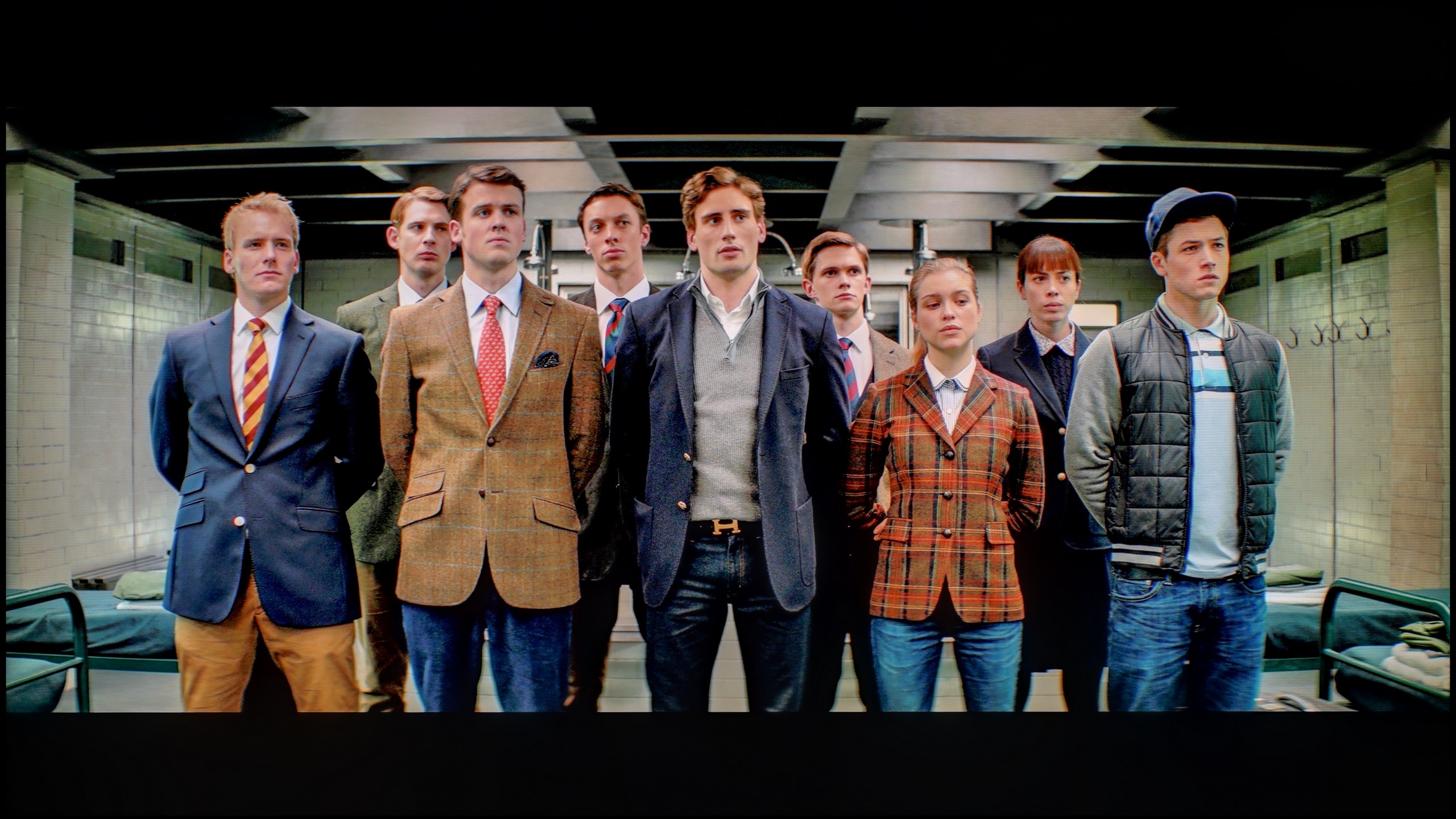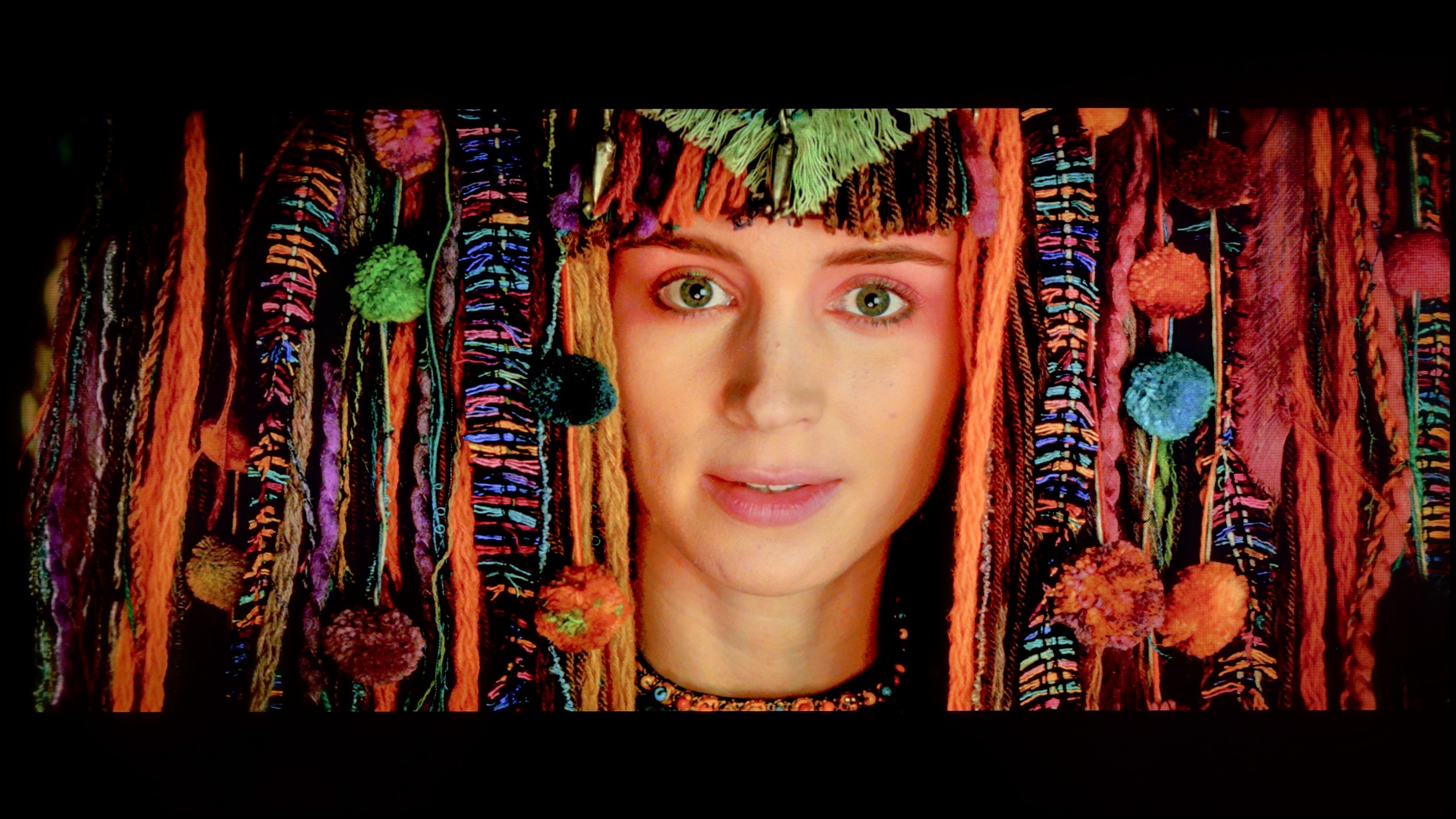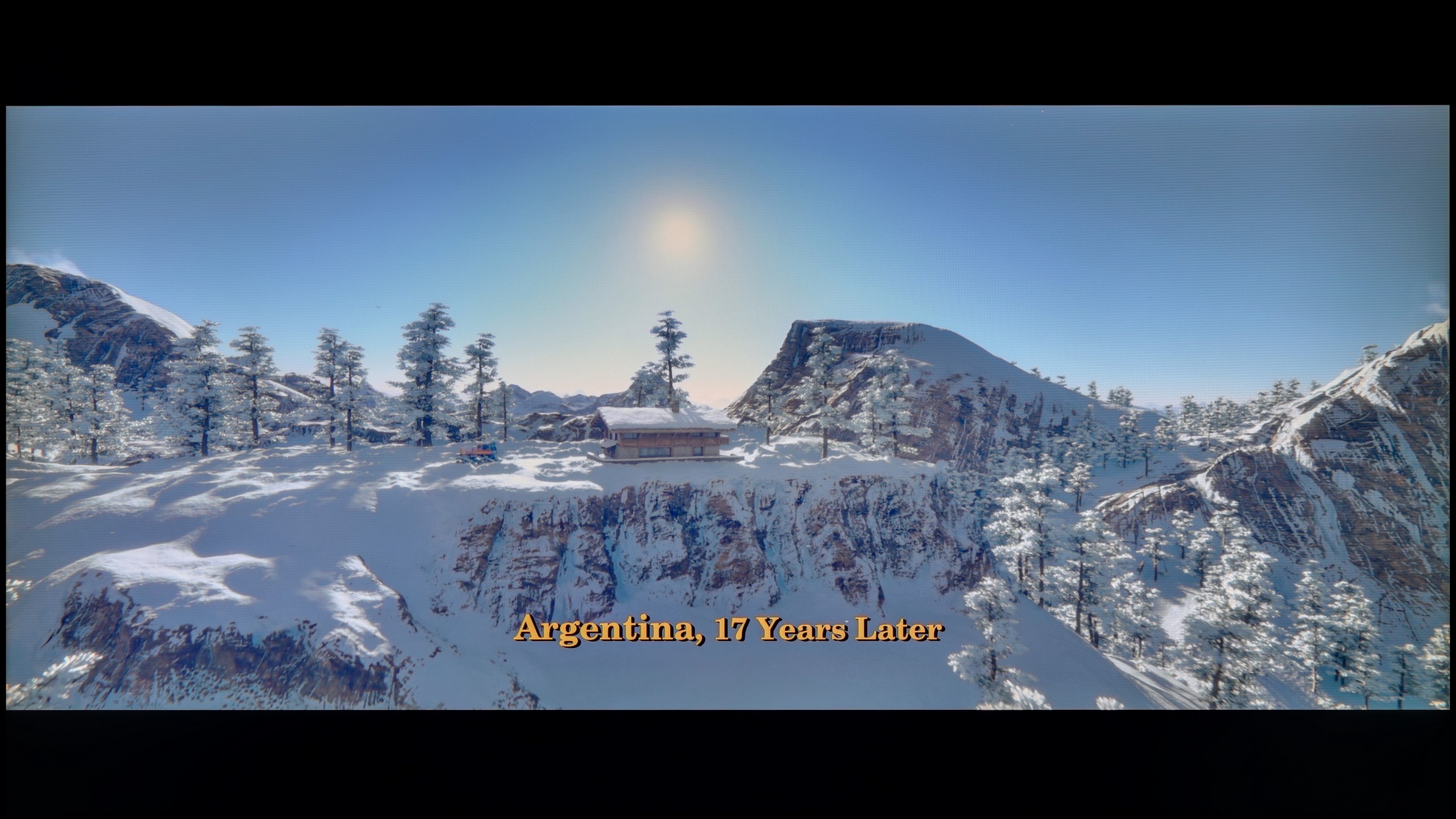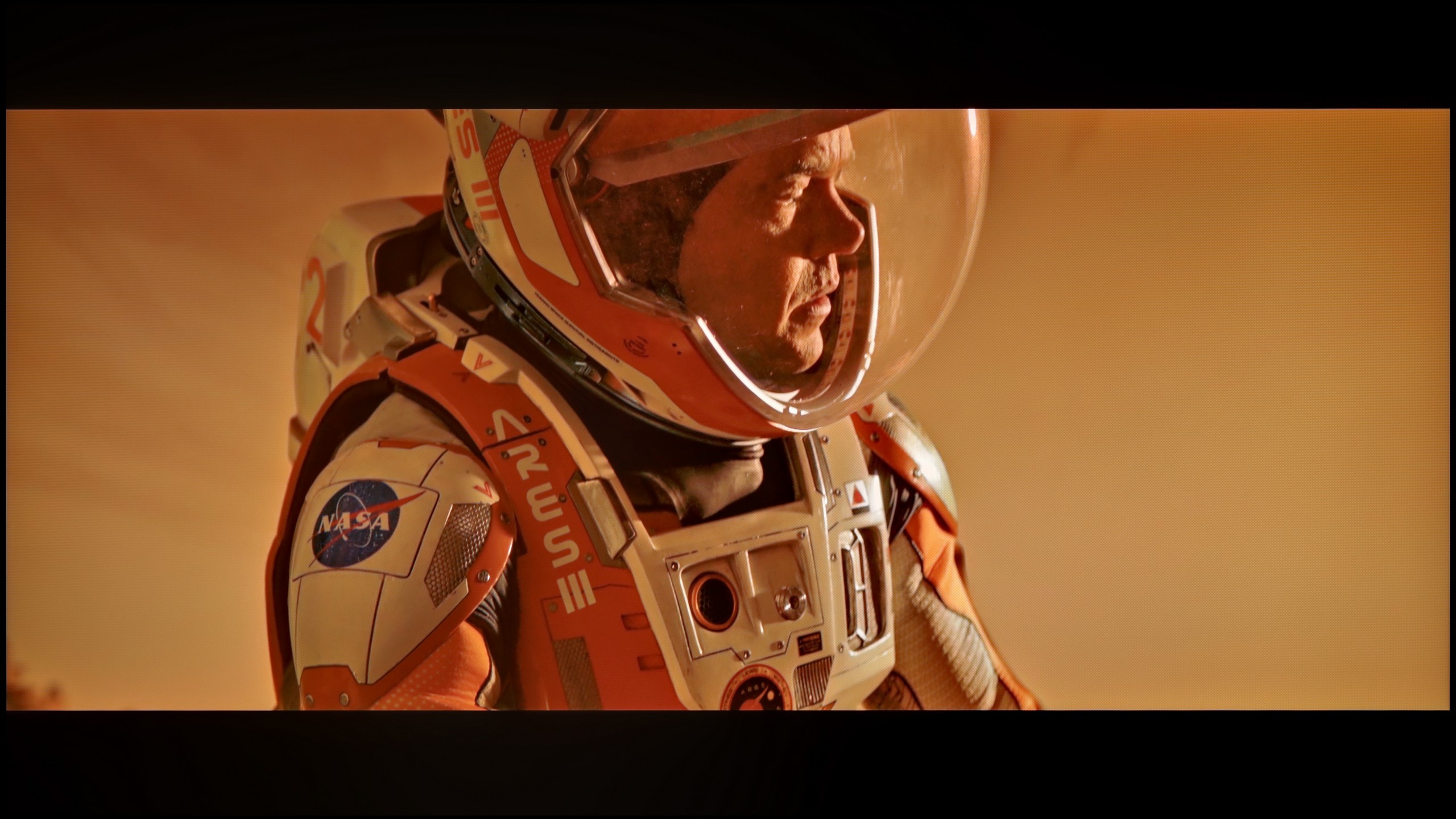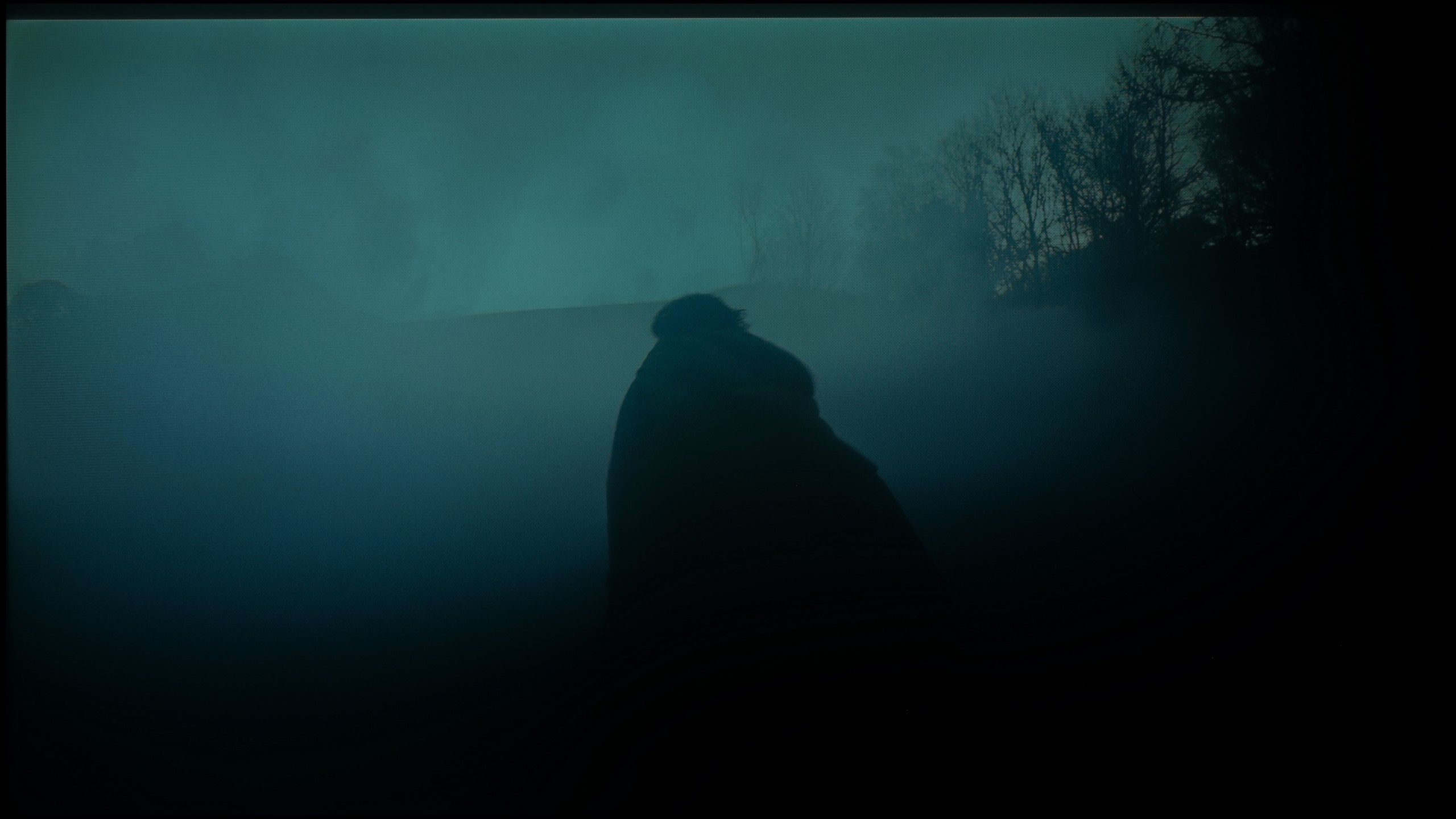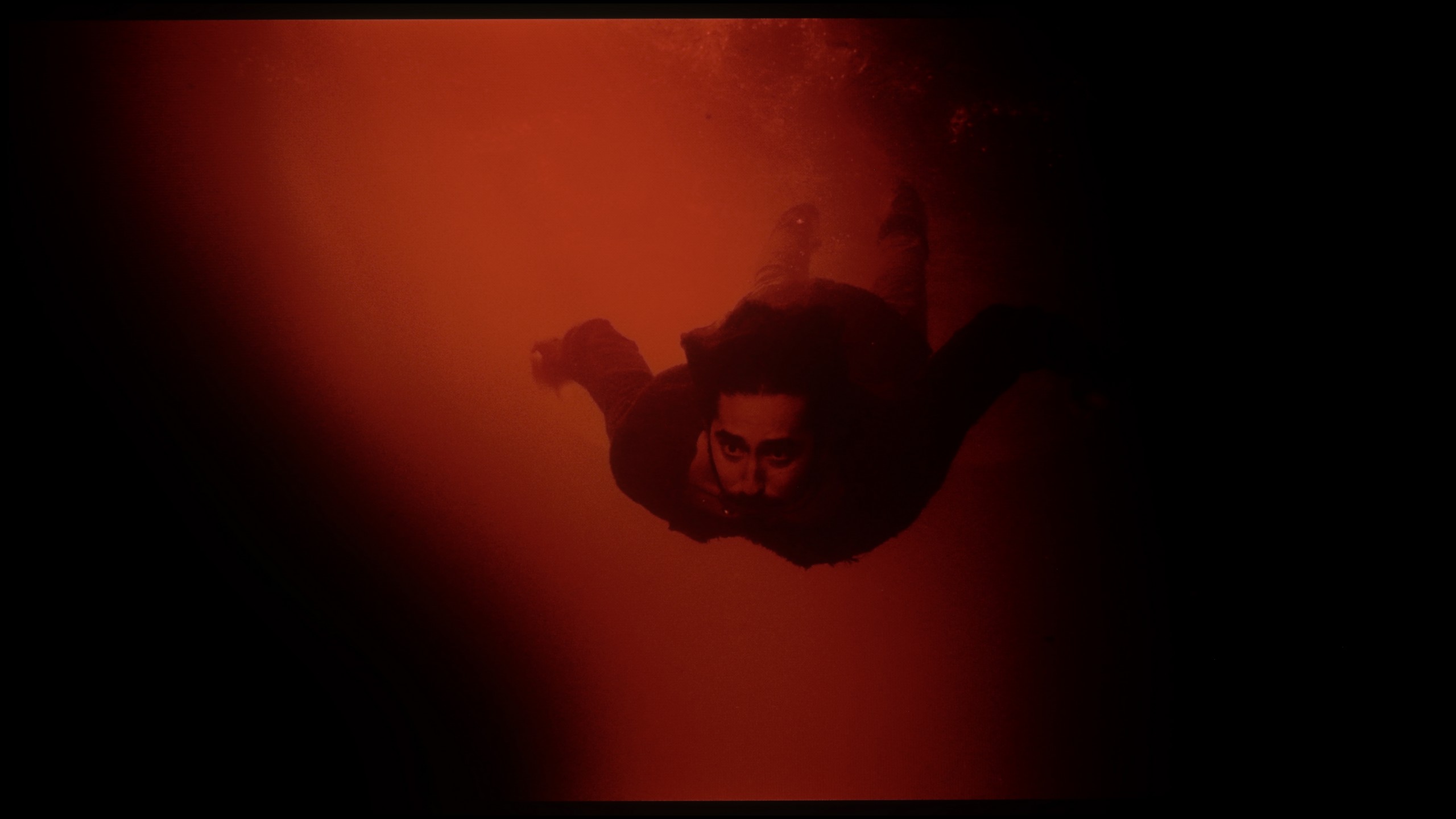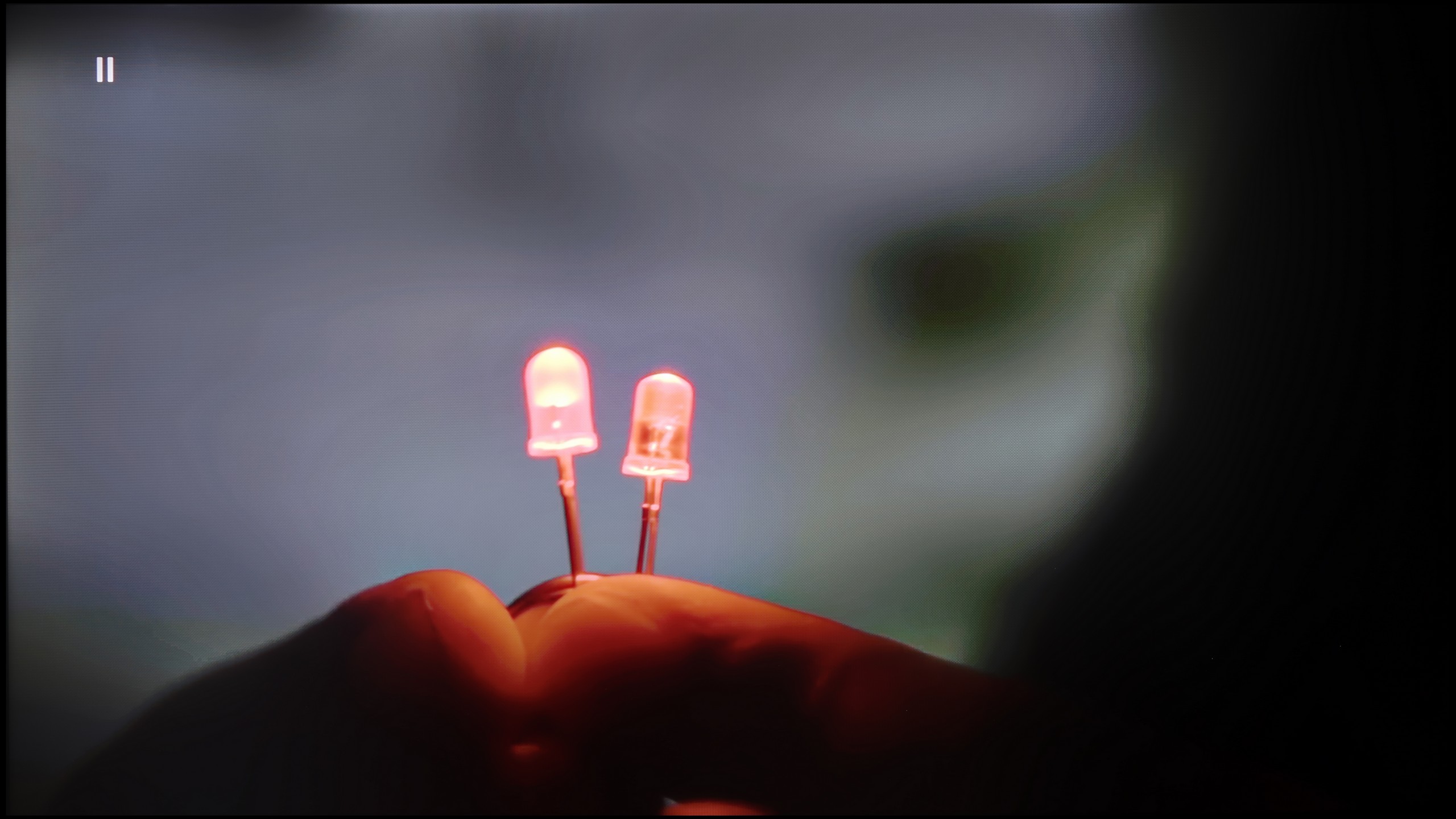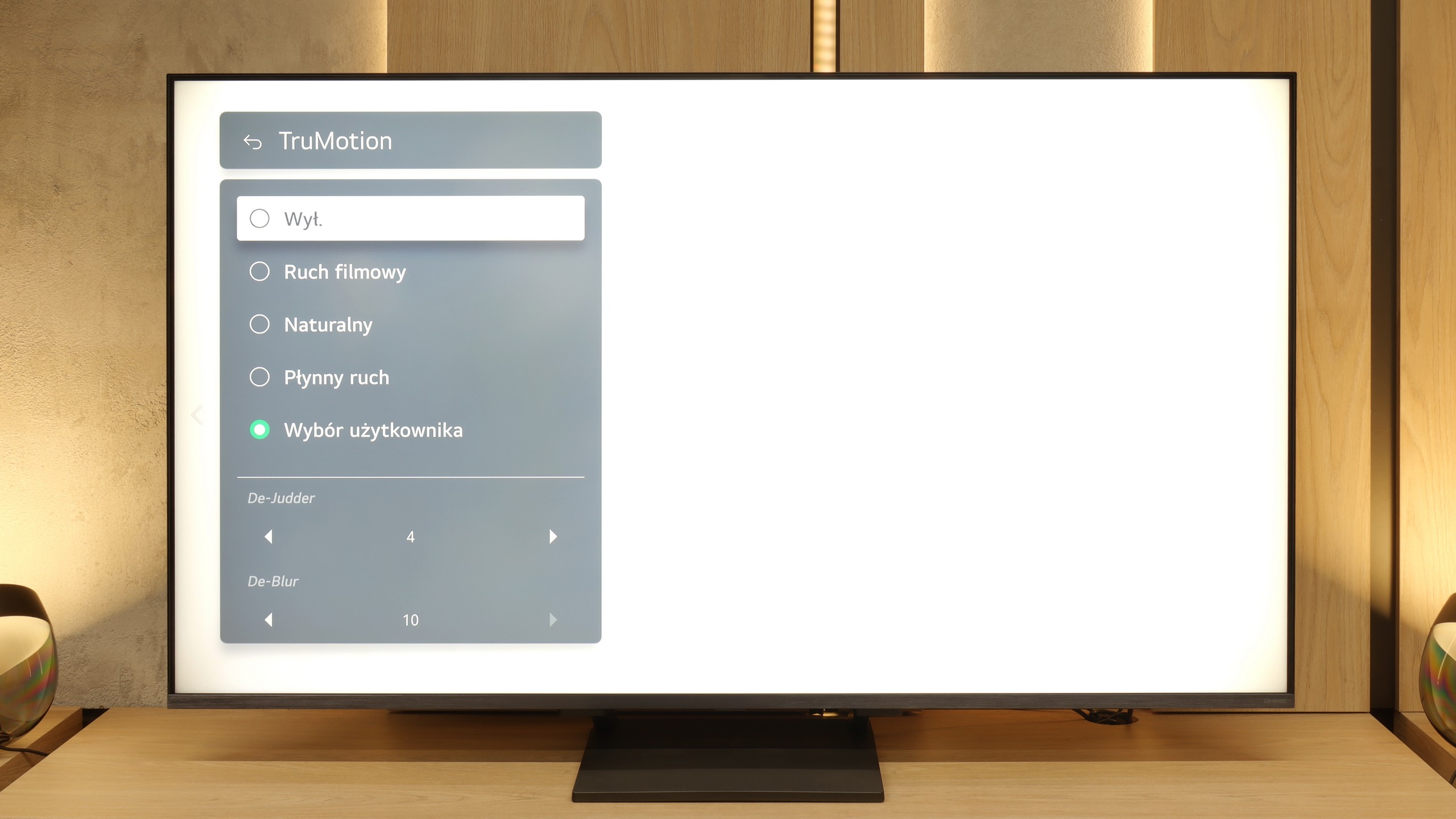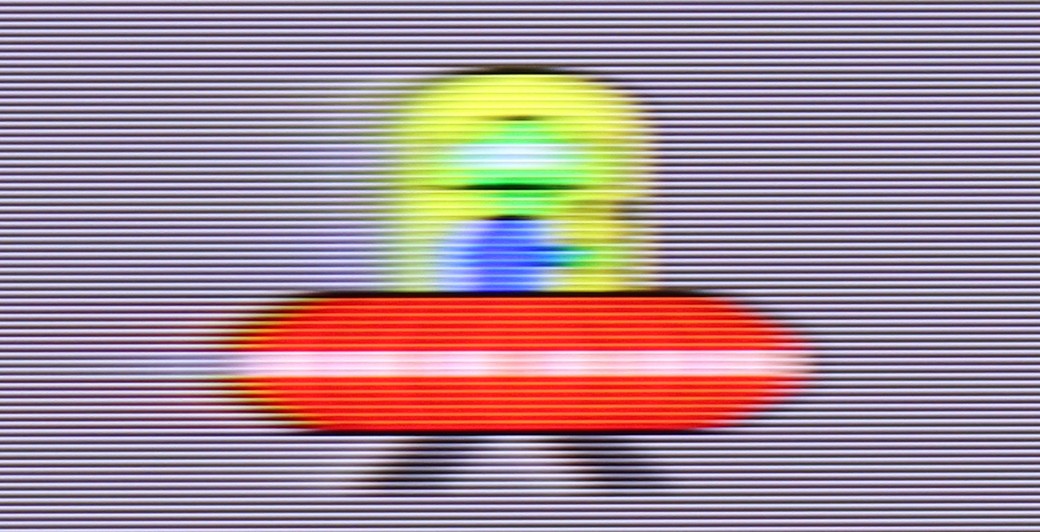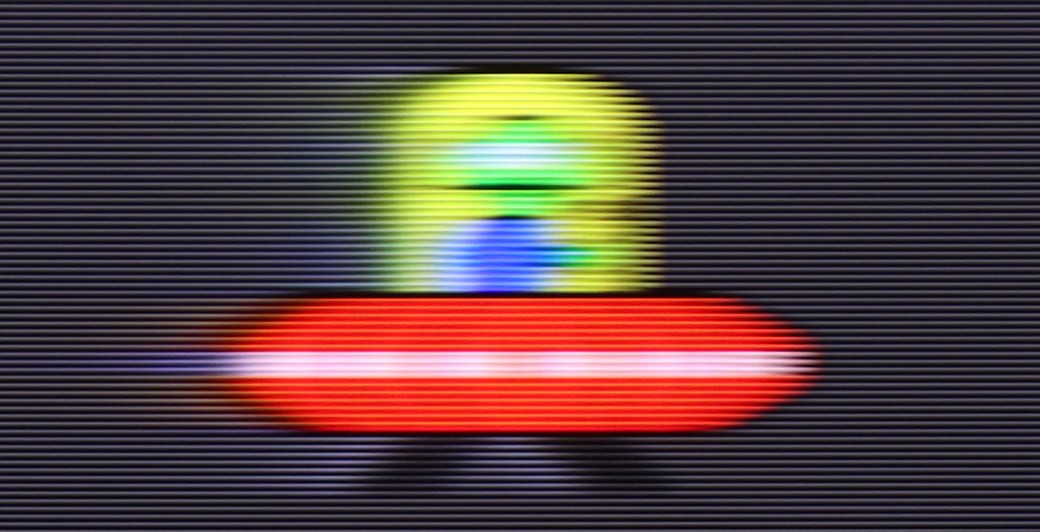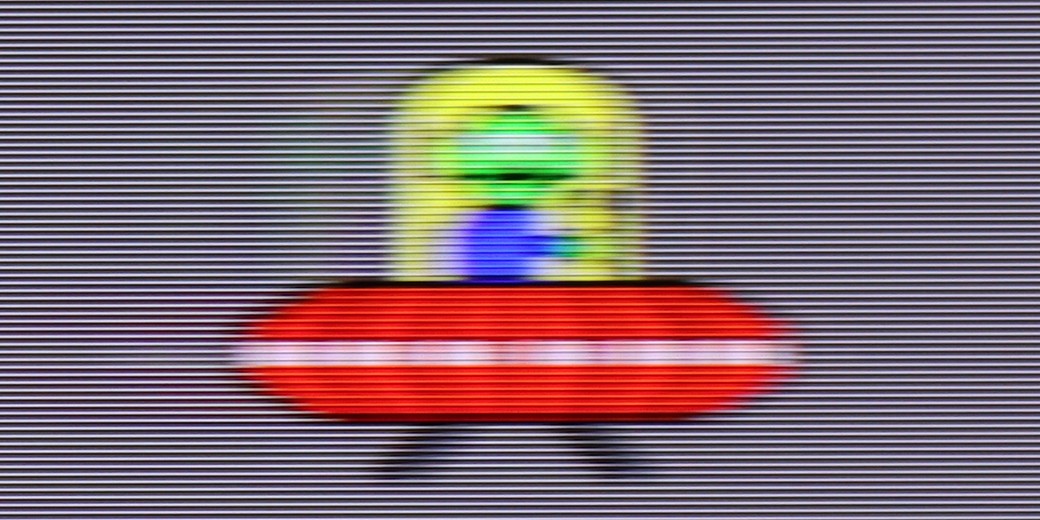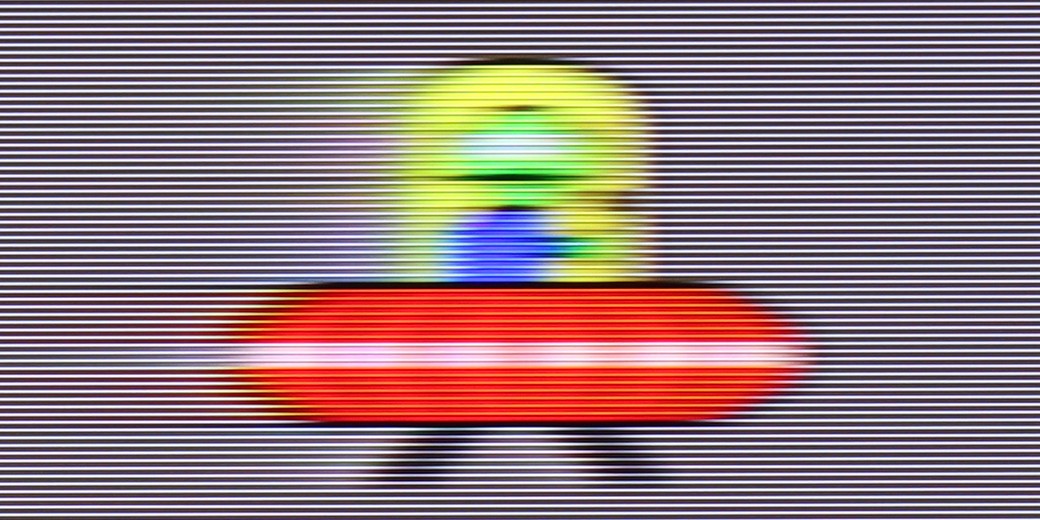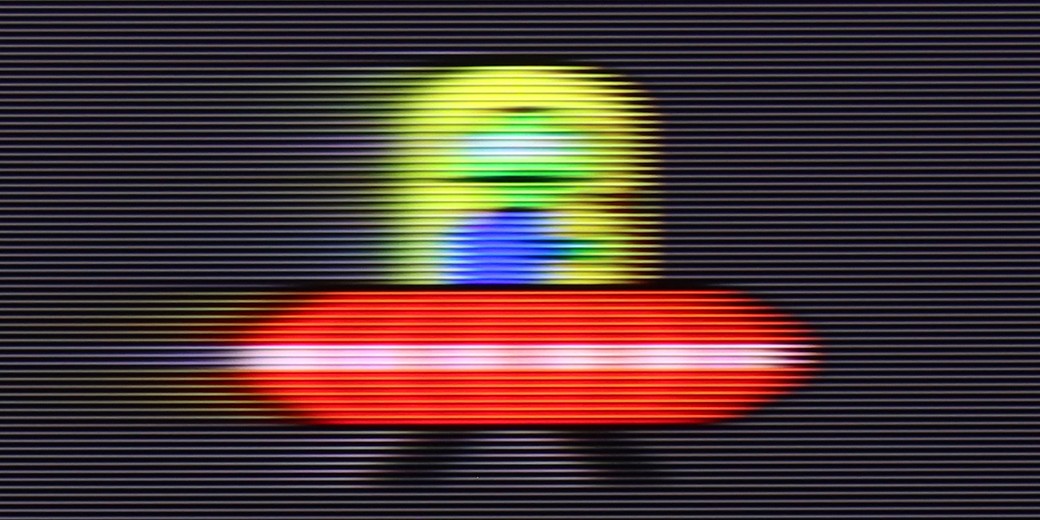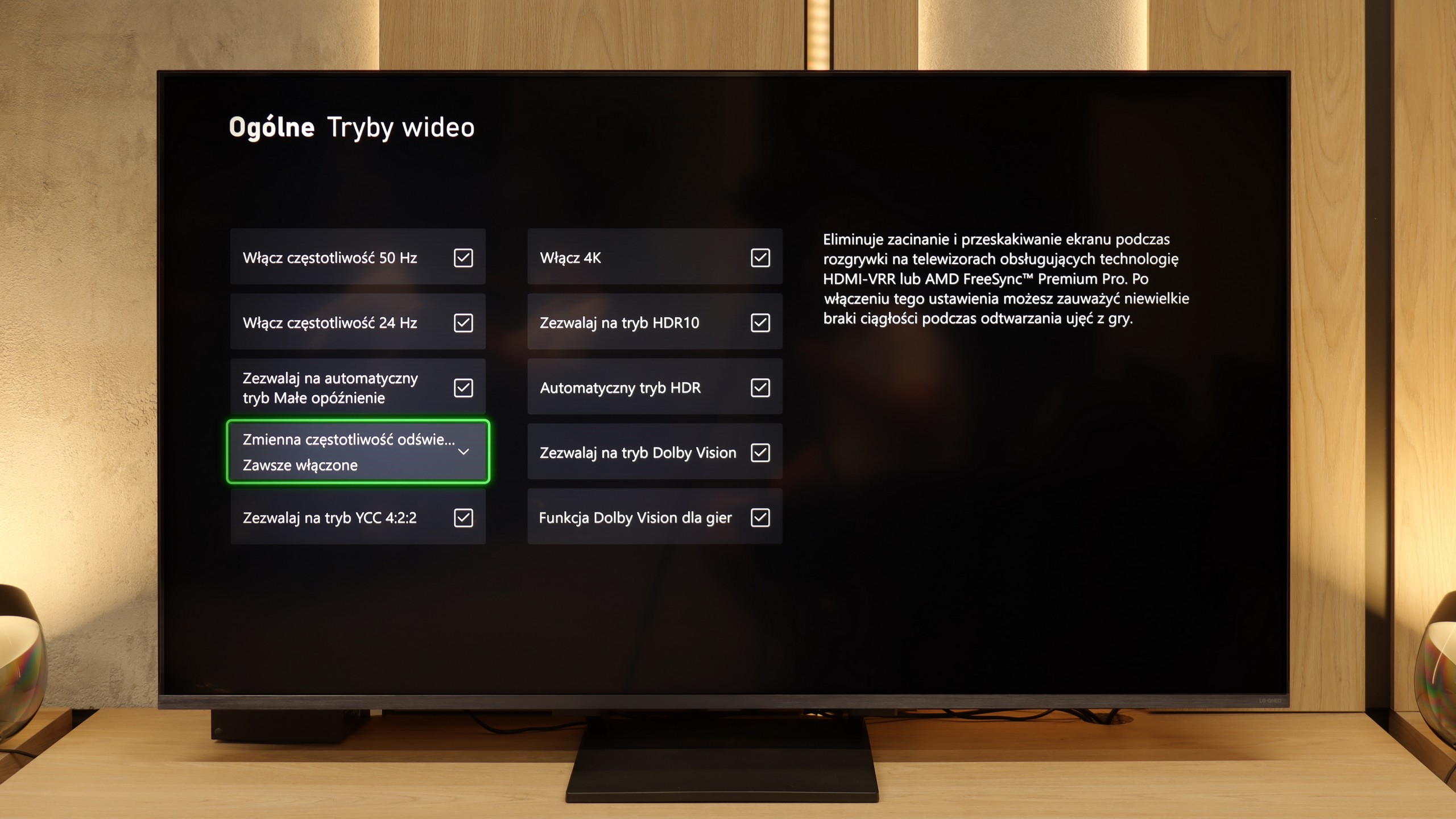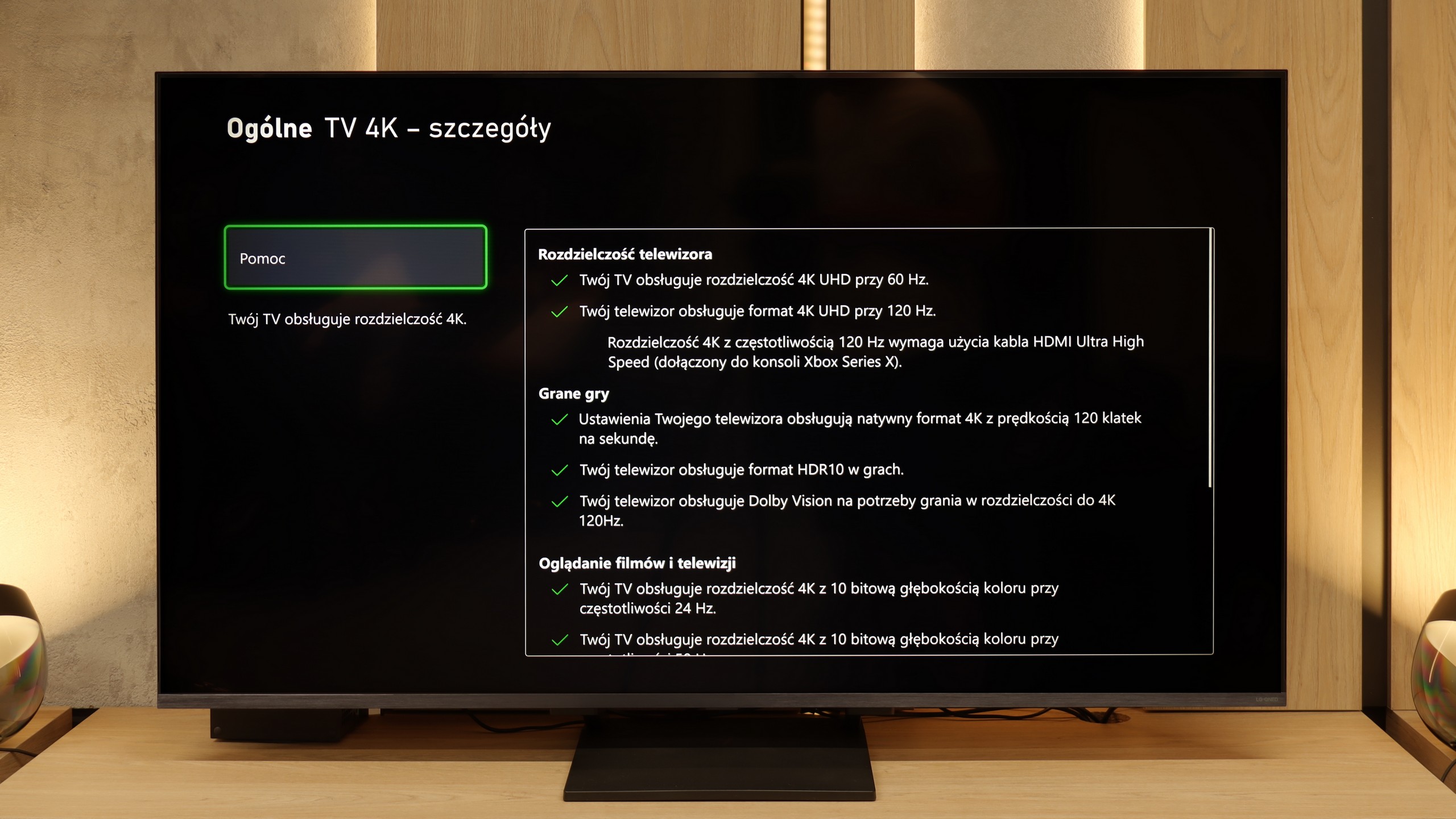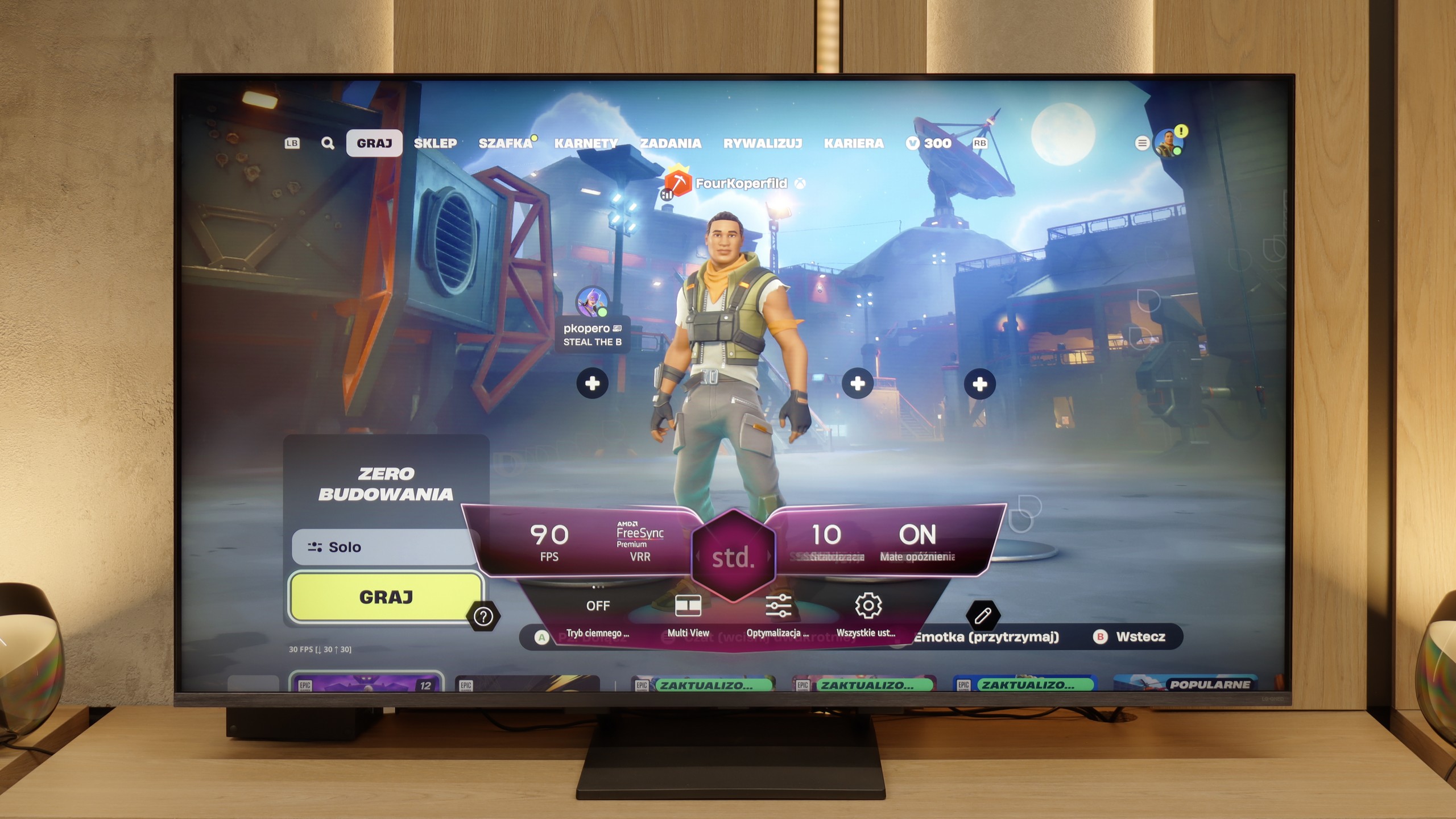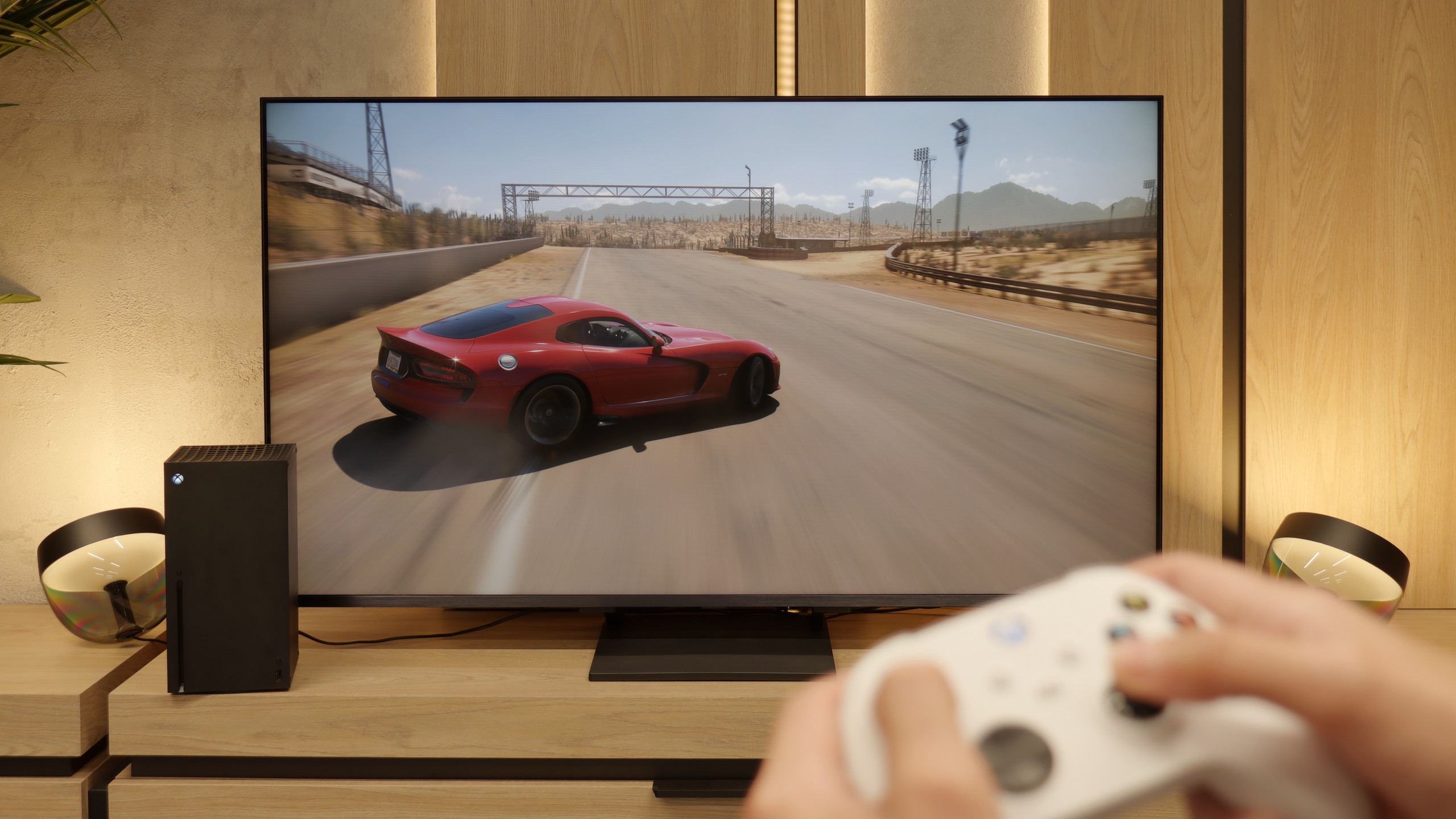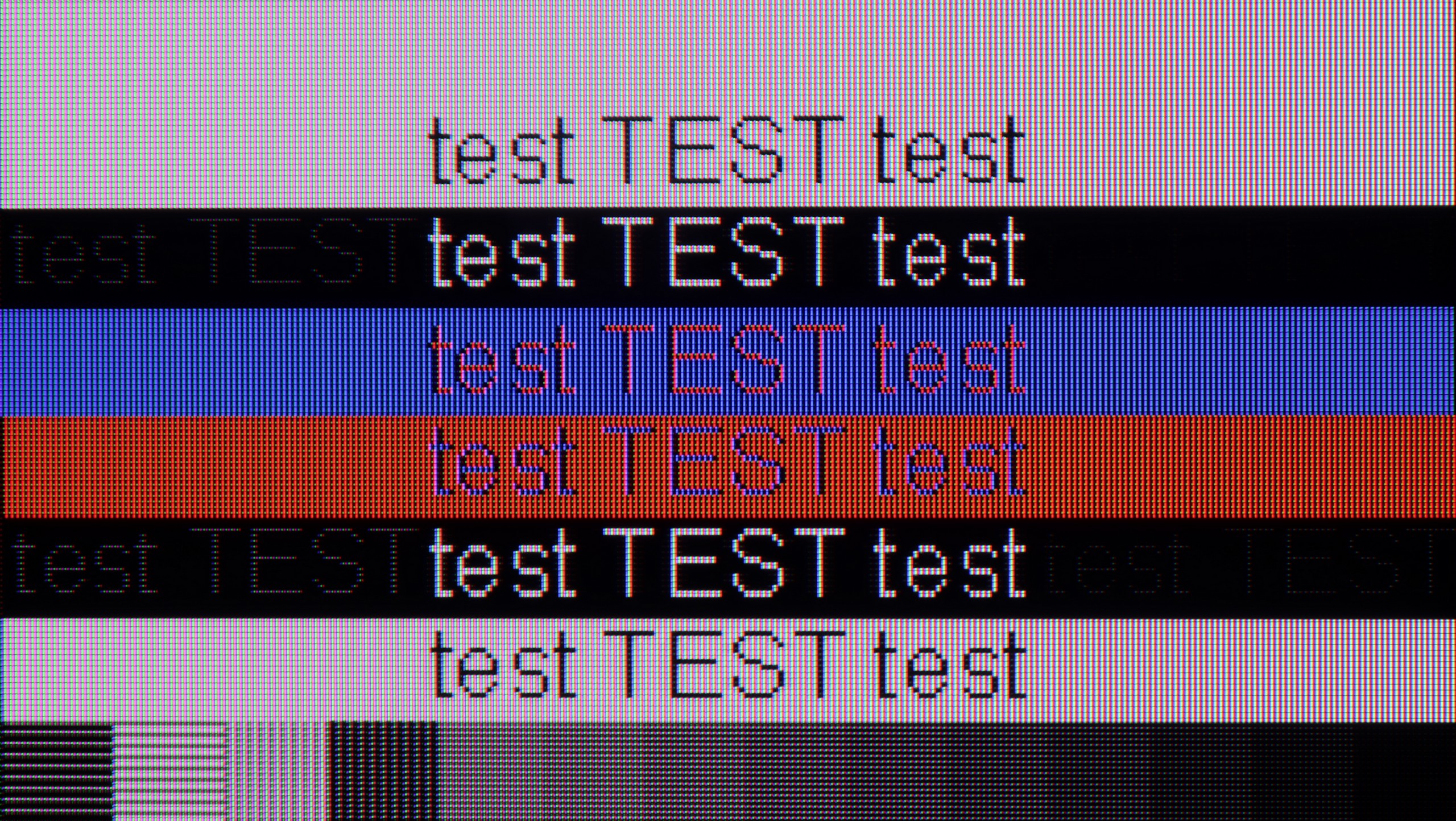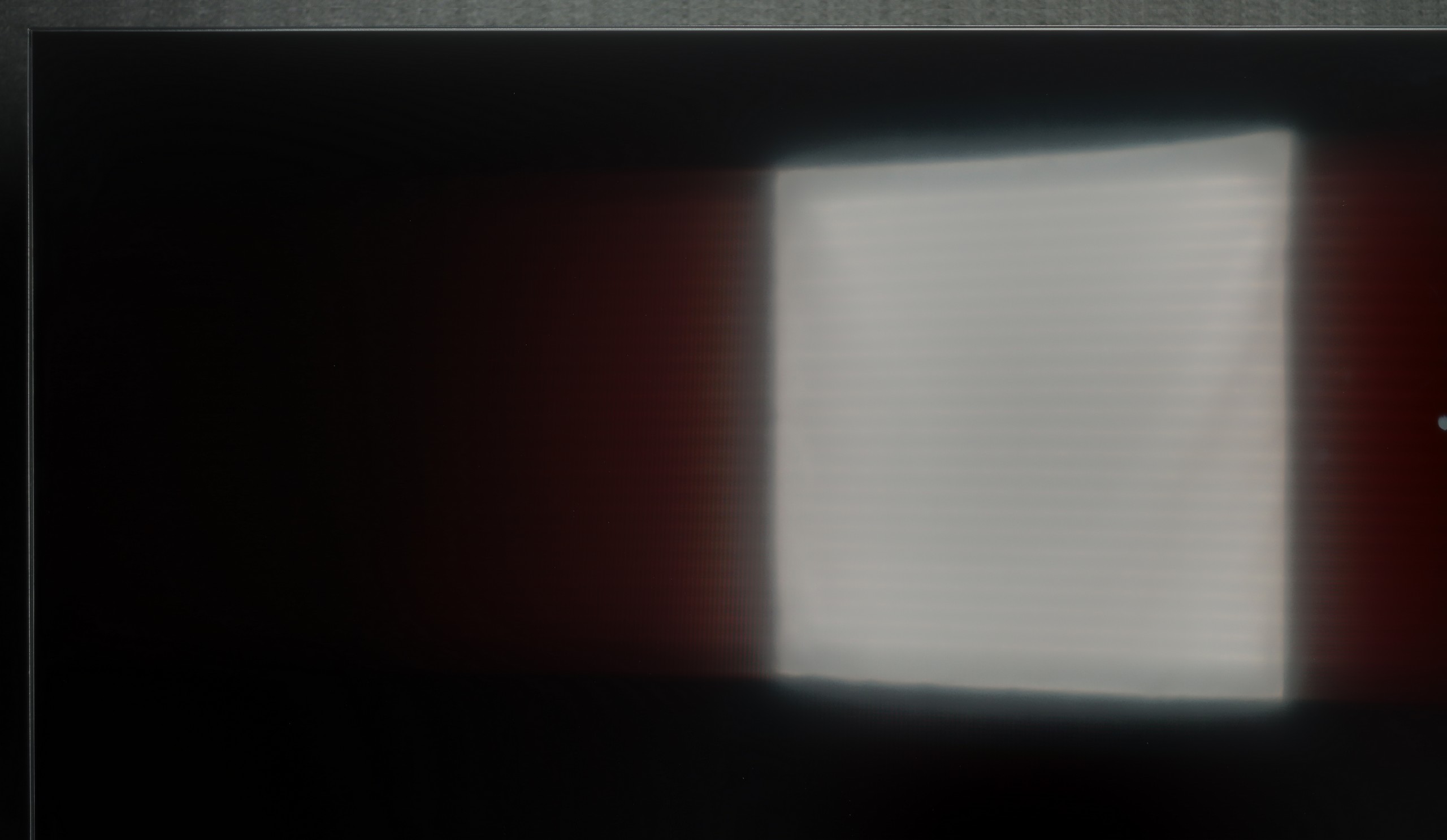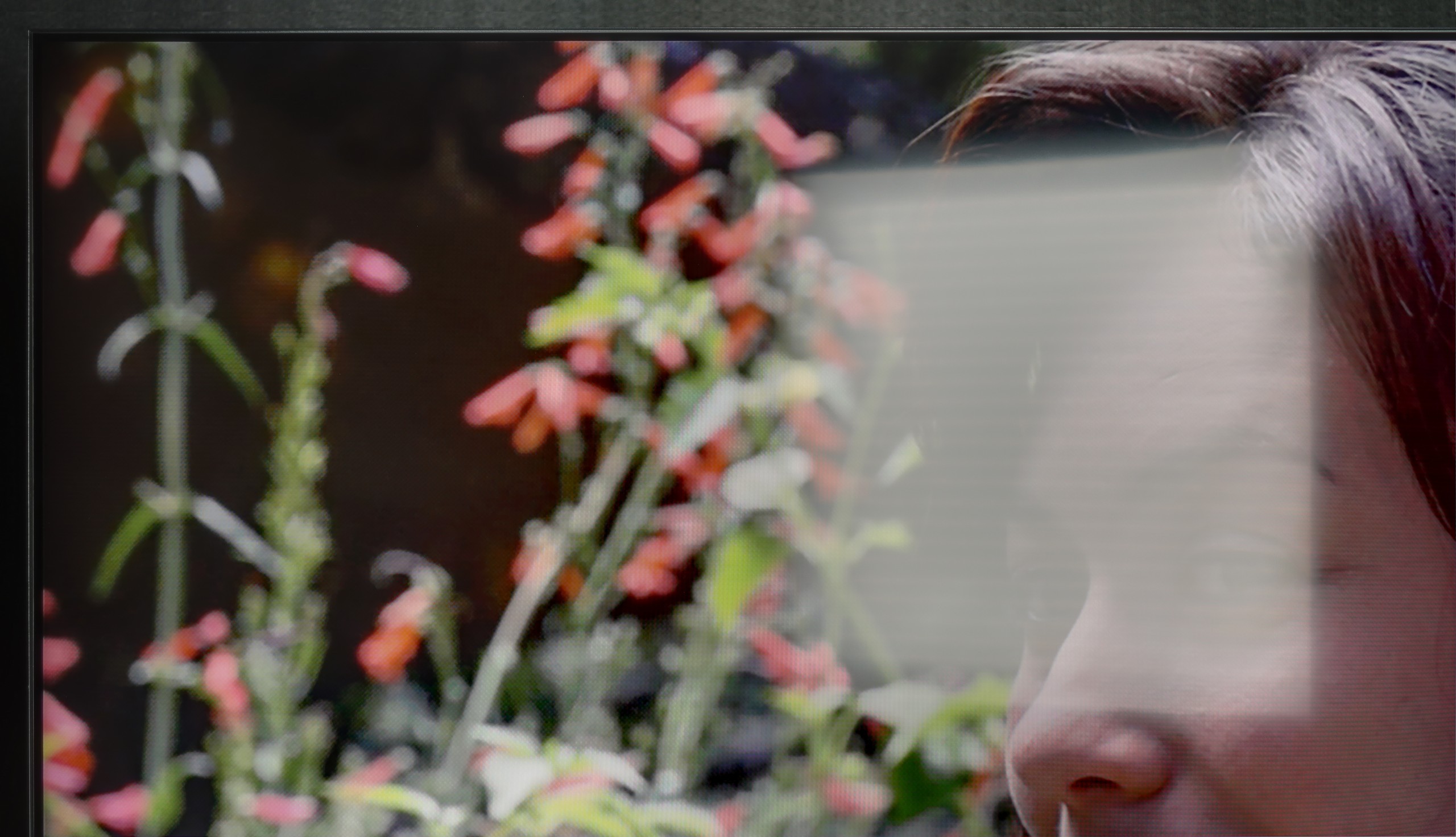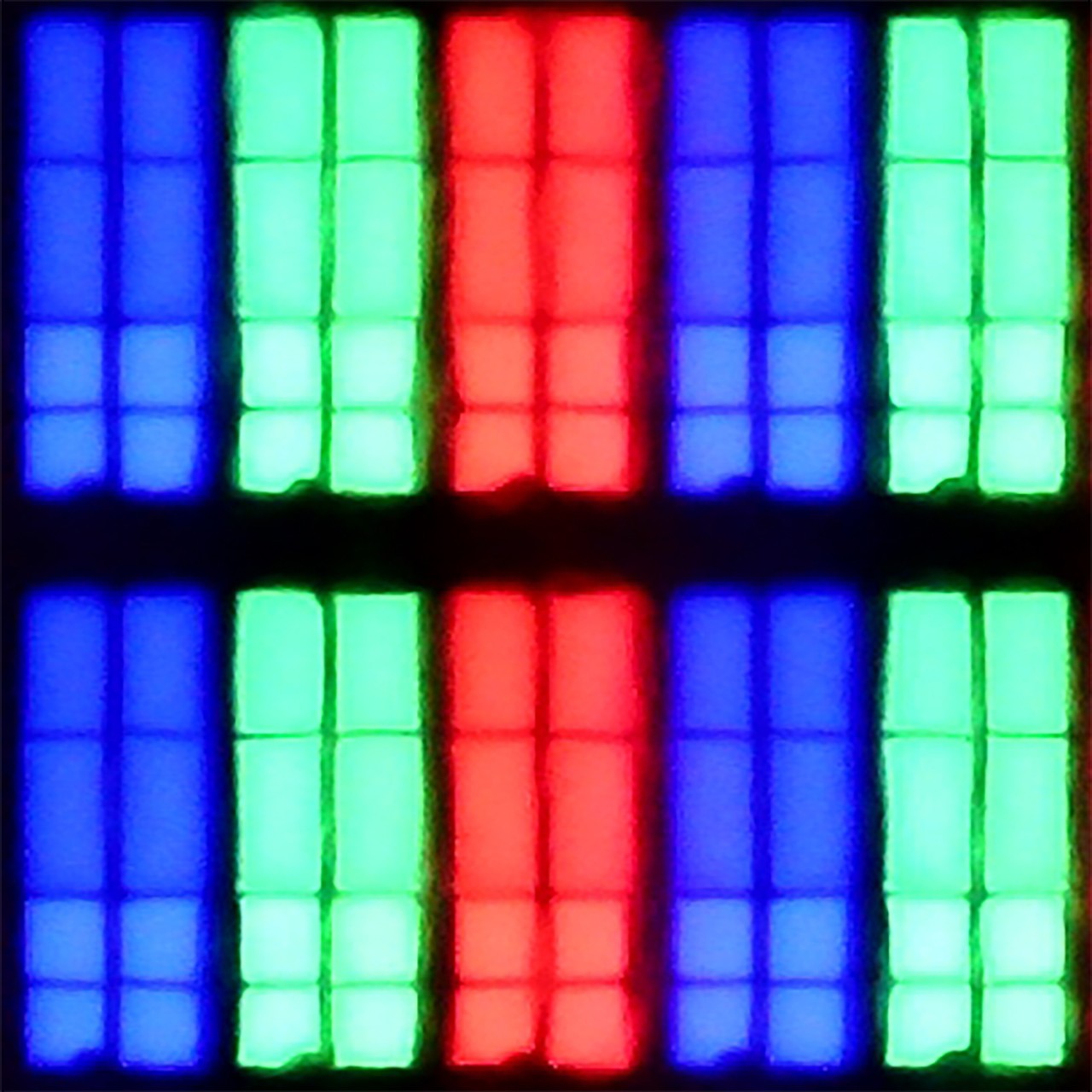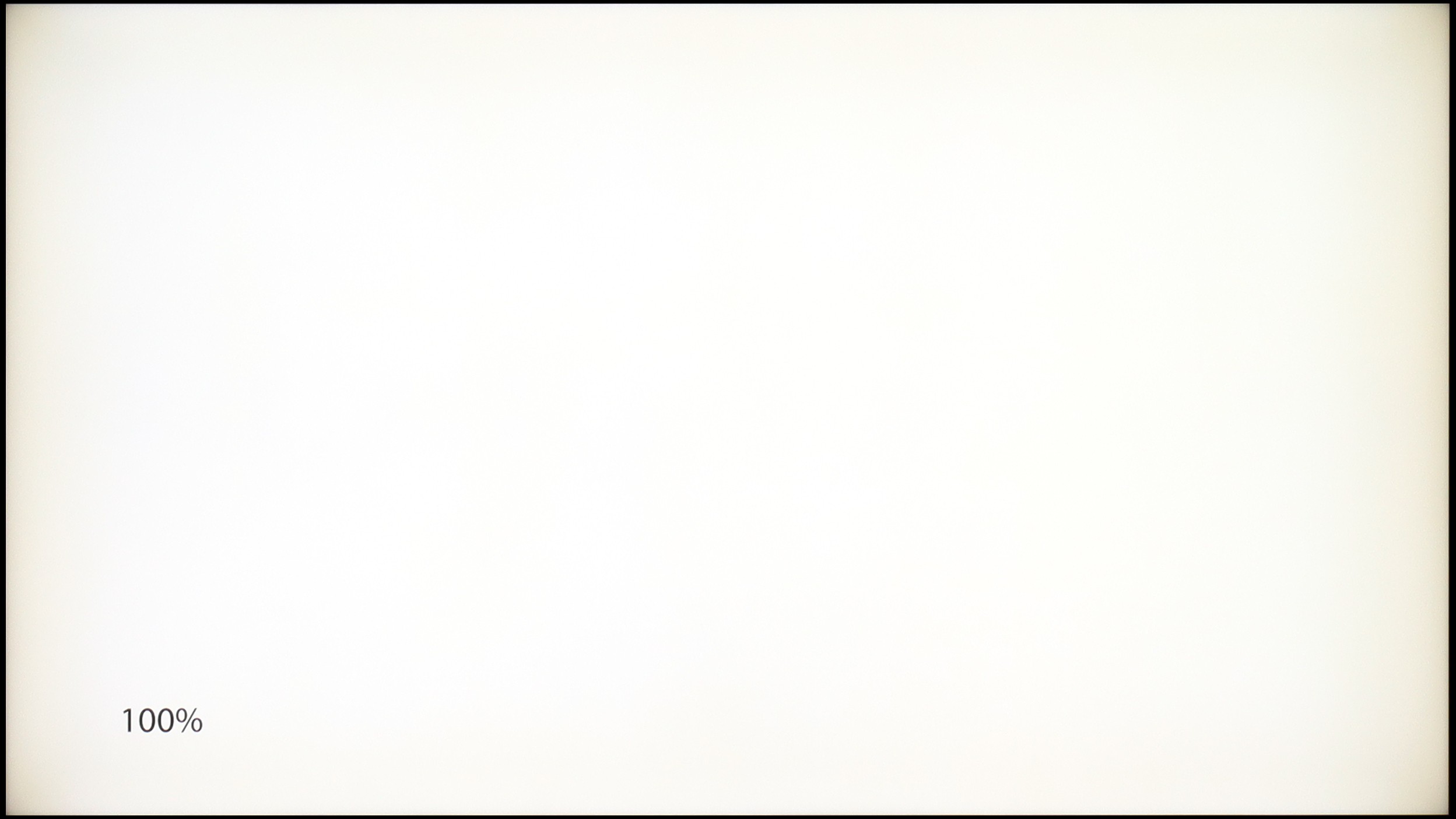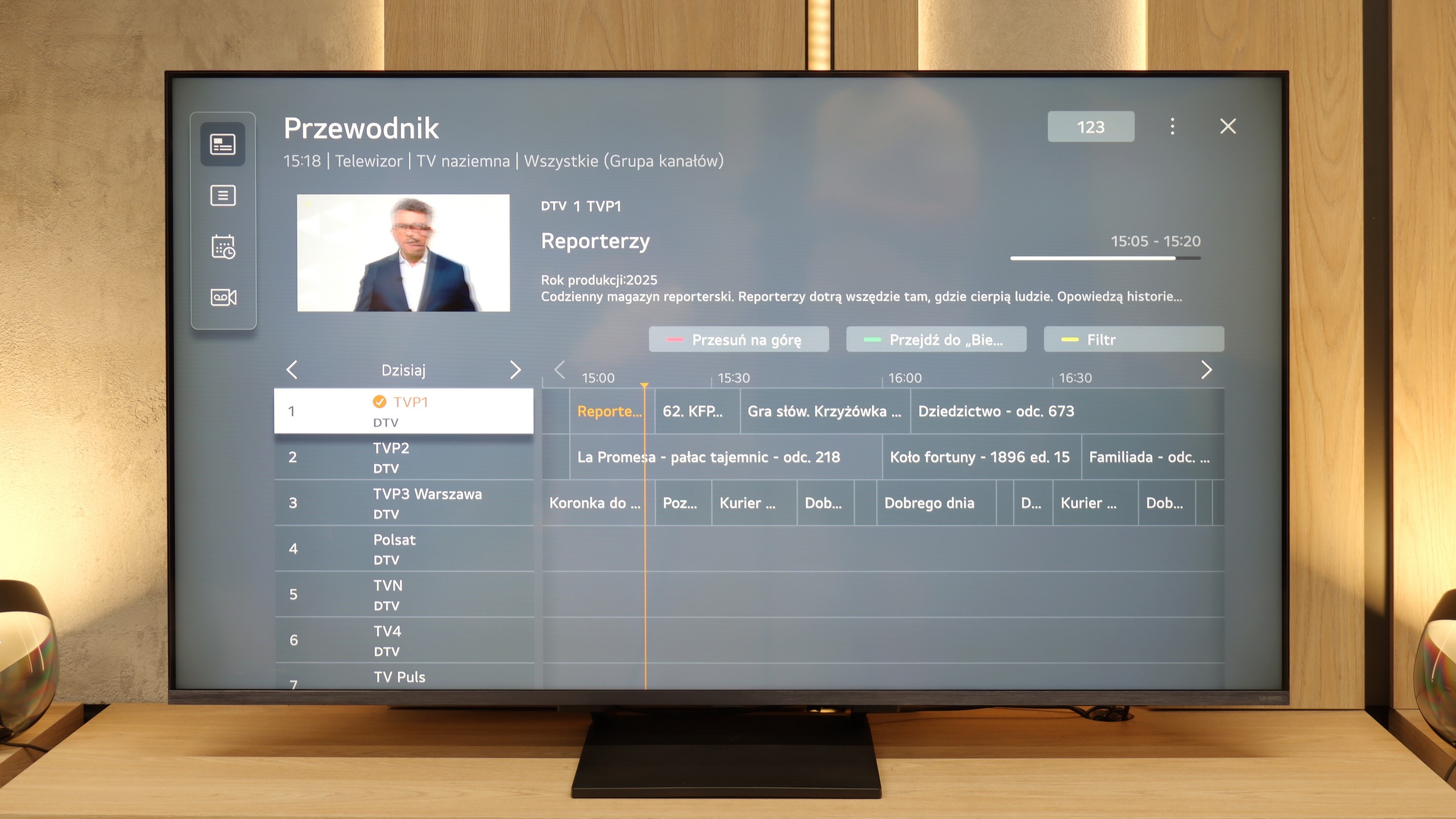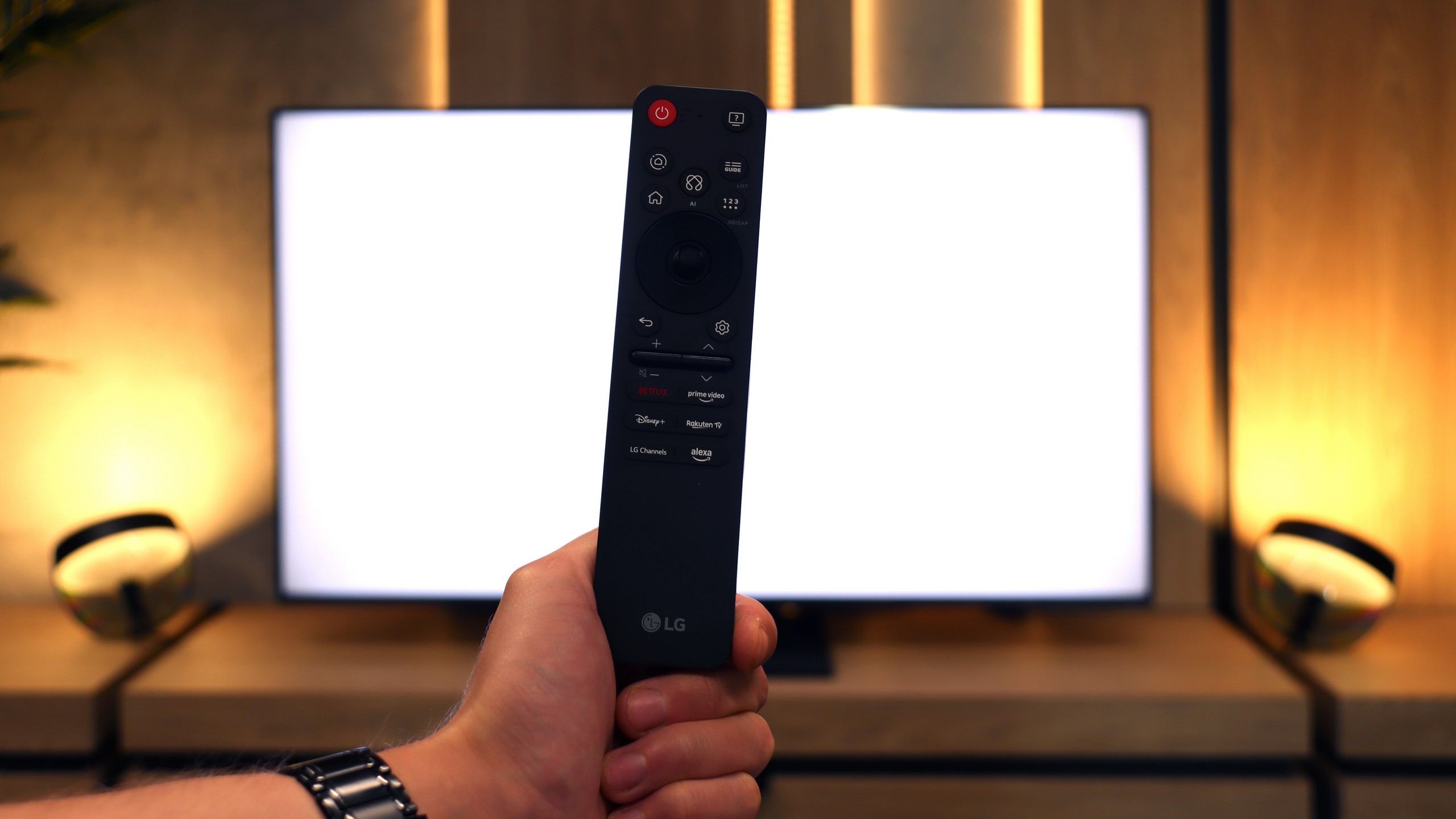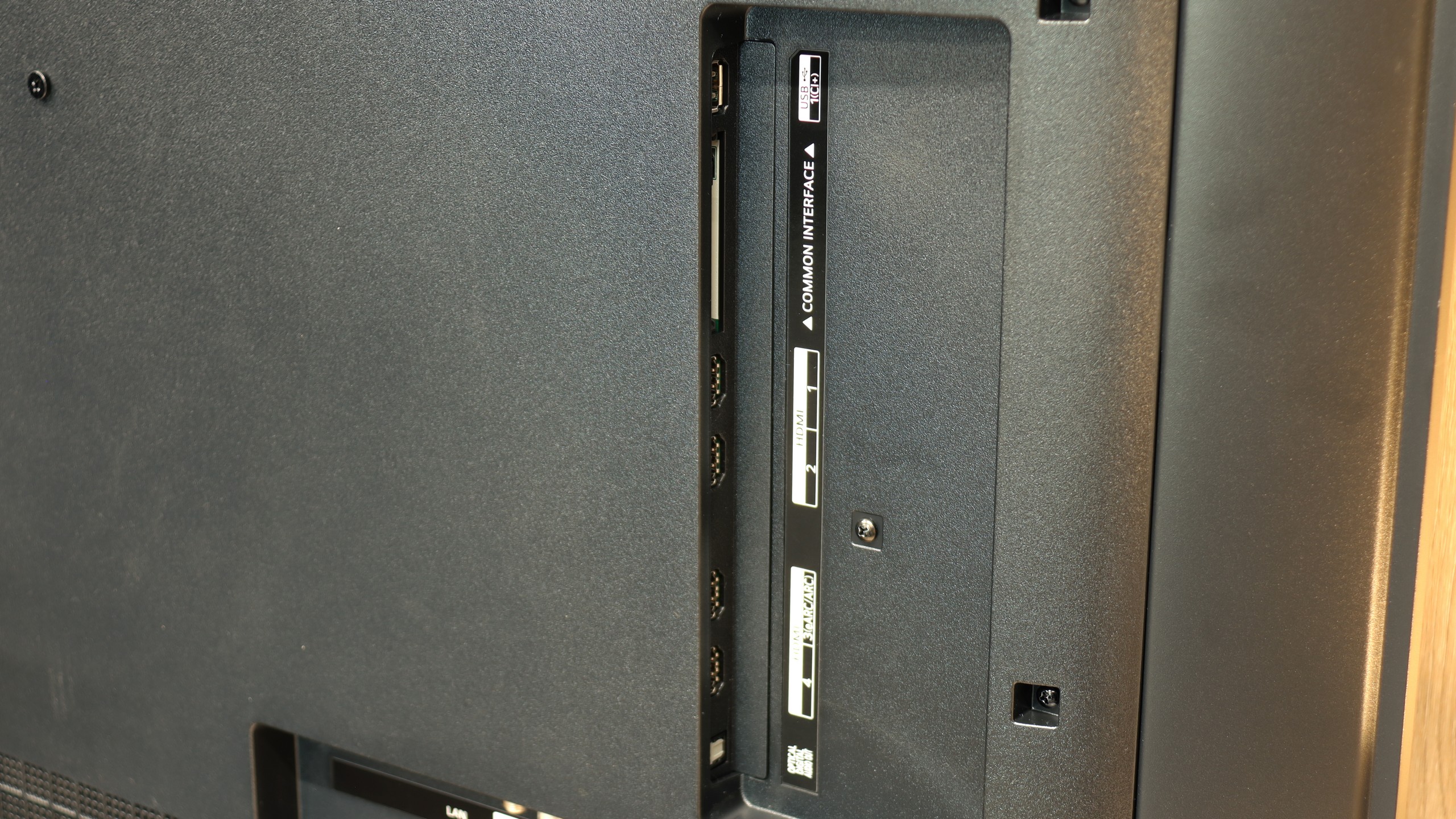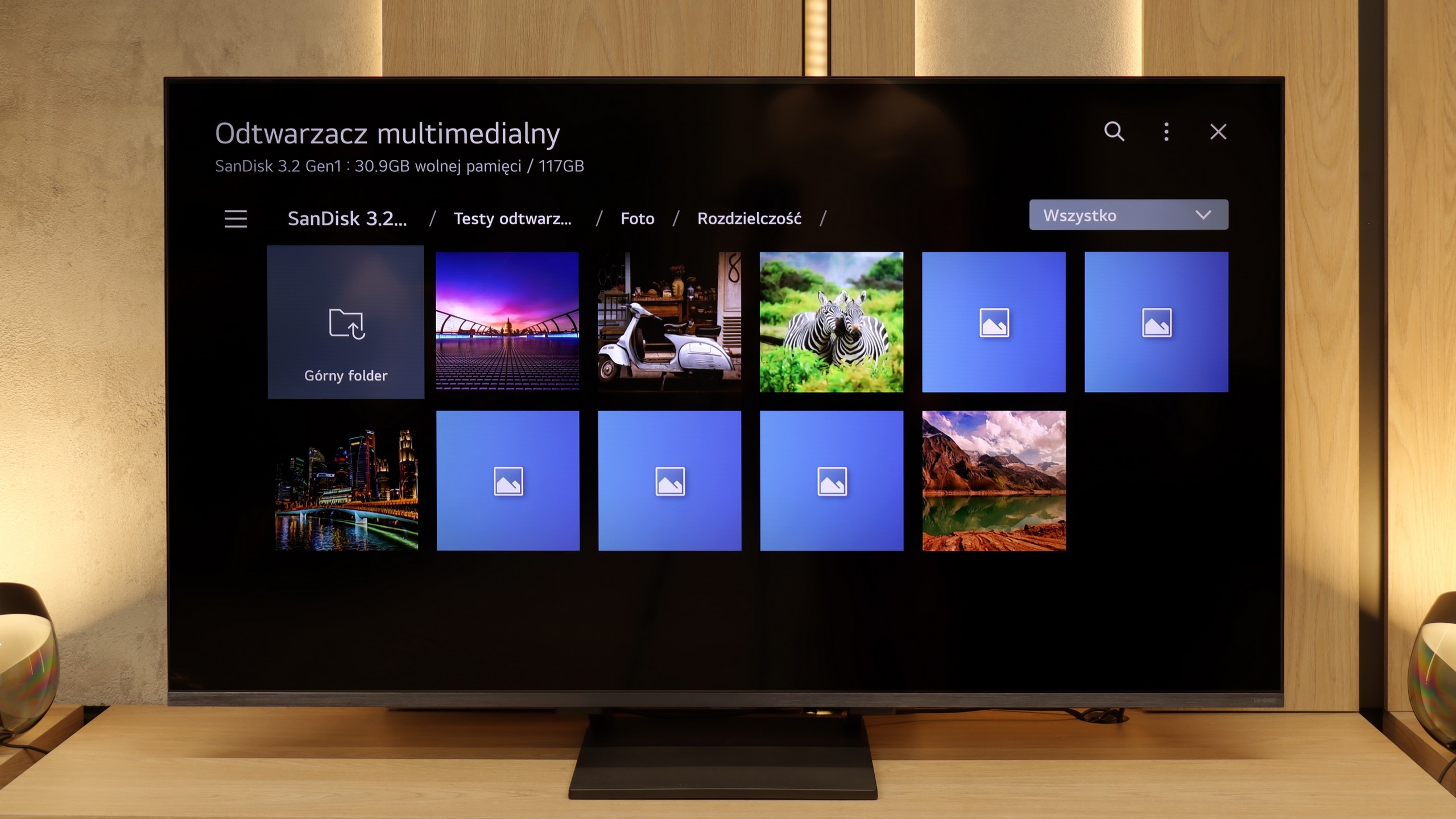The Samsung QN85D is the entry-level model in Samsung's 2024 Mini LED – Neo QLED lineup, offering a well-balanced mix of modern smart features and impressive picture quality. Running on the Tizen platform, the QN85D provides extensive support for Samsung's SmartThings ecosystem, enabling seamless integration with other smart devices in the home, regardless of brand. Apple users benefit from AirPlay compatibility, making content sharing from Apple devices straightforward, while the Daily+ feature adds an extra layer of engagement by delivering daily curated content, enhancing everyday use.
For regular viewing, the QN85D performs commendably. Its high brightness level allows it to easily handle well-lit rooms, and the central stand offers stability and aesthetic appeal. Though it lacks a recording function, the QN85D includes several practical features, such as a solar-powered remote that also controls Canal+ decoders, along with Picture-in-Picture (PiP) mode, enhancing versatility in various viewing situations.
When it comes to picture quality, the QN85D excels in contrast and brightness. Its VA panel delivers deep blacks when viewed directly, and the Mini LED technology provides improved backlight control (with some limitations), which is particularly effective in dark scenes. A refresh rate of 120 Hz ensures smooth handling of fast-paced scenes, while low input lag makes the QN85D an excellent choice for gamers and sports fans alike.
Overall, the Samsung QN85D stands out in 2024 as a robust, feature-rich TV with high picture quality and advanced smart capabilities, making it ideal for both everyday viewing and more demanding movie or gaming sessions.
LG QNED93A is a television that, at first glance, appears to be a solid step forward compared to previous LCD models from this brand. On paper, we get a lot: a significantly larger number of dimming zones, a 144 Hz refresh rate for gamers, support for all HDR formats, including Dolby Vision, and WebOS with a new Magic remote, which still ranks among the most user-friendly operating systems. The QNED93A shines the most in gaming applications. Four fully functional HDMI 2.1 ports allow you to connect consoles and computers without any limitations, and the low input lag is maintained at both 120 and 60 Hz. For PC gamers, an additional advantage is the 144 Hz mode and full compatibility with G-Sync and FreeSync. So, it can be confidently said that in terms of gaming features, the QNED93A does not have any complexes compared to the competition. Another strong point is WebOS. LG's system has long been regarded as one of the most convenient for everyday use, and this is confirmed here. Everything is clear, and the Magic remote allows you to control the television like a mouse pointer – quickly and intuitively. Brightness can also be considered a plus. At its peak, it manages to achieve results close to 1400 nits. This is enough to ensure the picture doesn't fade in brighter rooms and that special effects in movies or games look convincing. The image processor does a good job of upscaling older content – television or films in lower resolutions appear clearer and sharper than on many competing screens.
However, it cannot be denied that the biggest problem with the QNED93A is the local dimming algorithms. In scenes full of black, the screen can darken significantly, causing many details to simply disappear. The effect is such that contrast looks better at first glance but comes at the expense of information that should be visible. An additional problem is the Dolby Vision mode, which typically enhances certain aspects of screens, but in this case, changes very little. The differences between dynamic and static metadata must literally be searched for with a magnifying glass. This is simply disappointing because the hardware, with its number of dimming zones and stronger backlighting, has the foundation for a better effect. So who is the LG QNED93A for? It is a television that works brilliantly as a home entertainment center, especially if you're thinking about gaming on a console or PC. In everyday television viewing and movie watching in well-lit conditions, it also provides a lot of satisfaction thanks to its high brightness and solid image processor. However, one must accept that in scenes with a lot of black and when fully utilizing HDR, this model does not match its competitors. LG has shown that it can create a very solid LCD screen, but it is also evident that not everything has been polished as it has in their OLED televisions.

